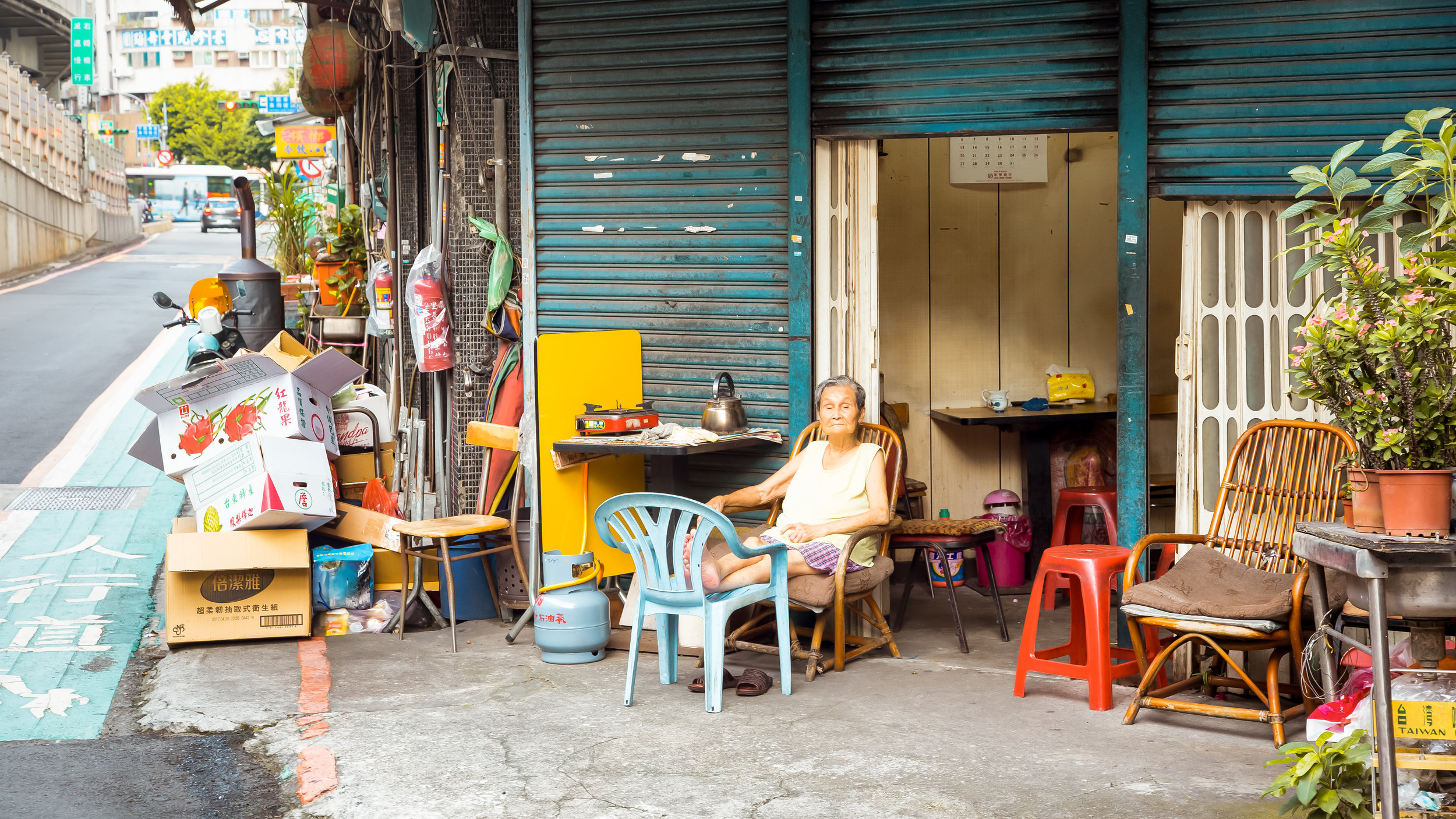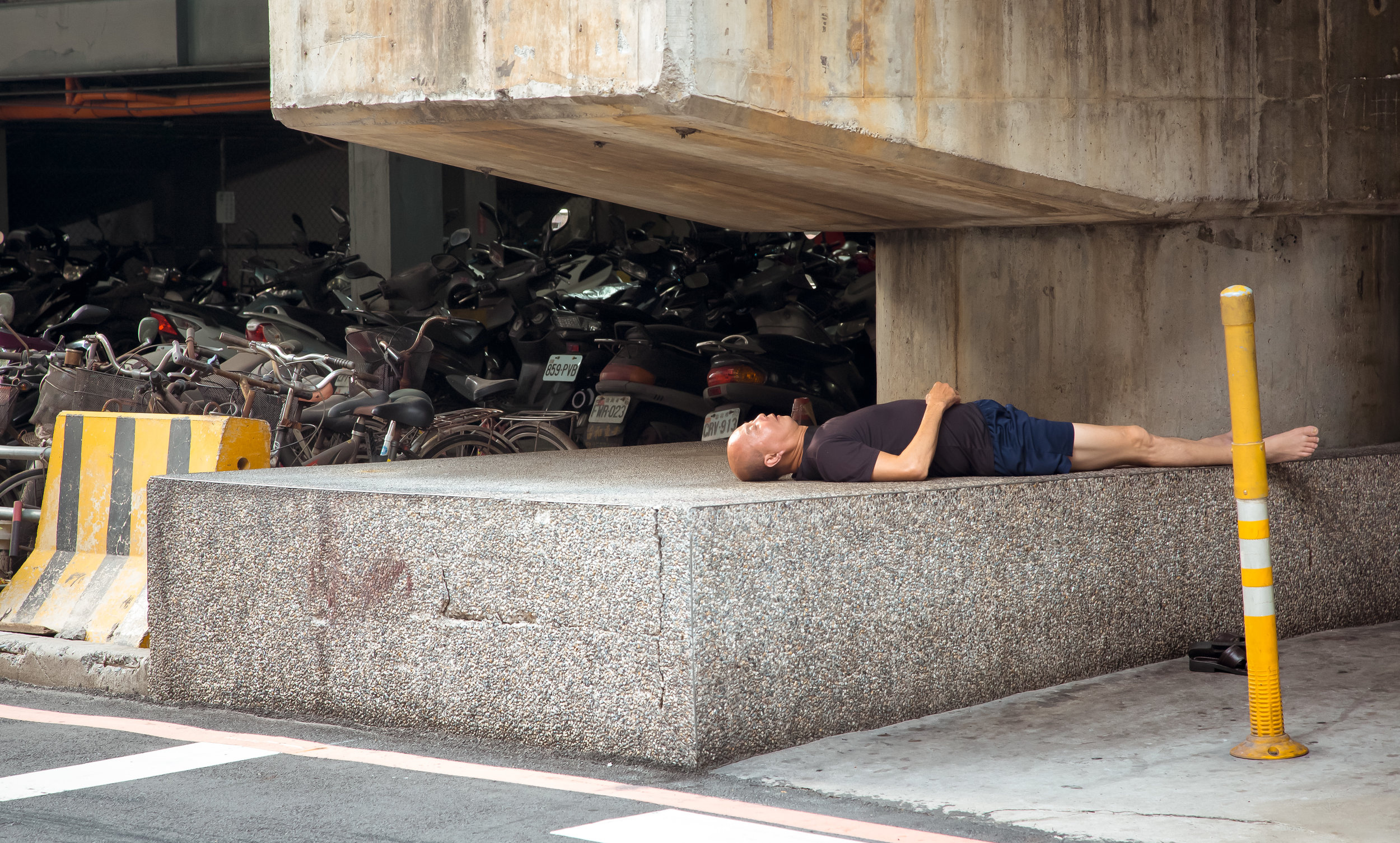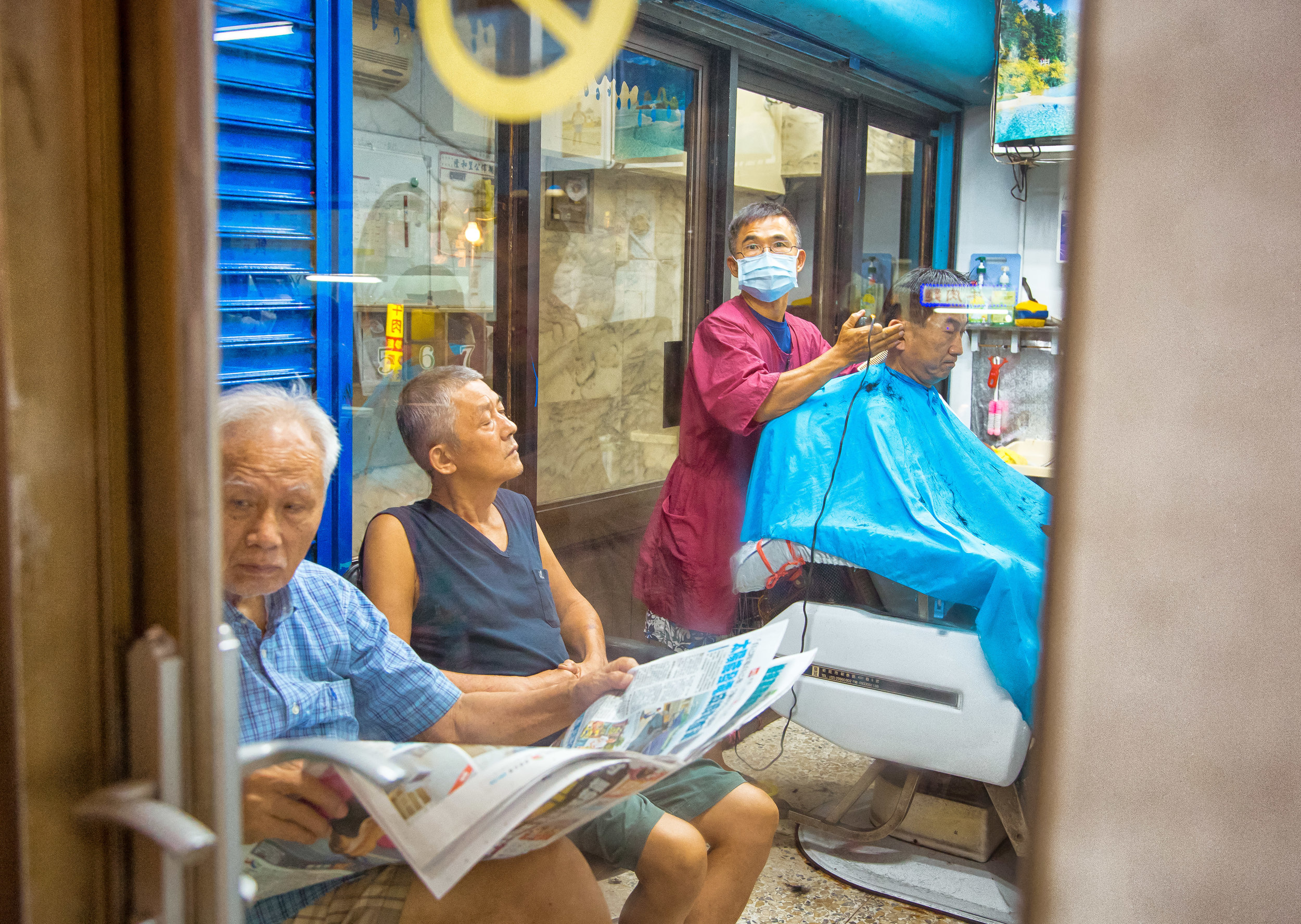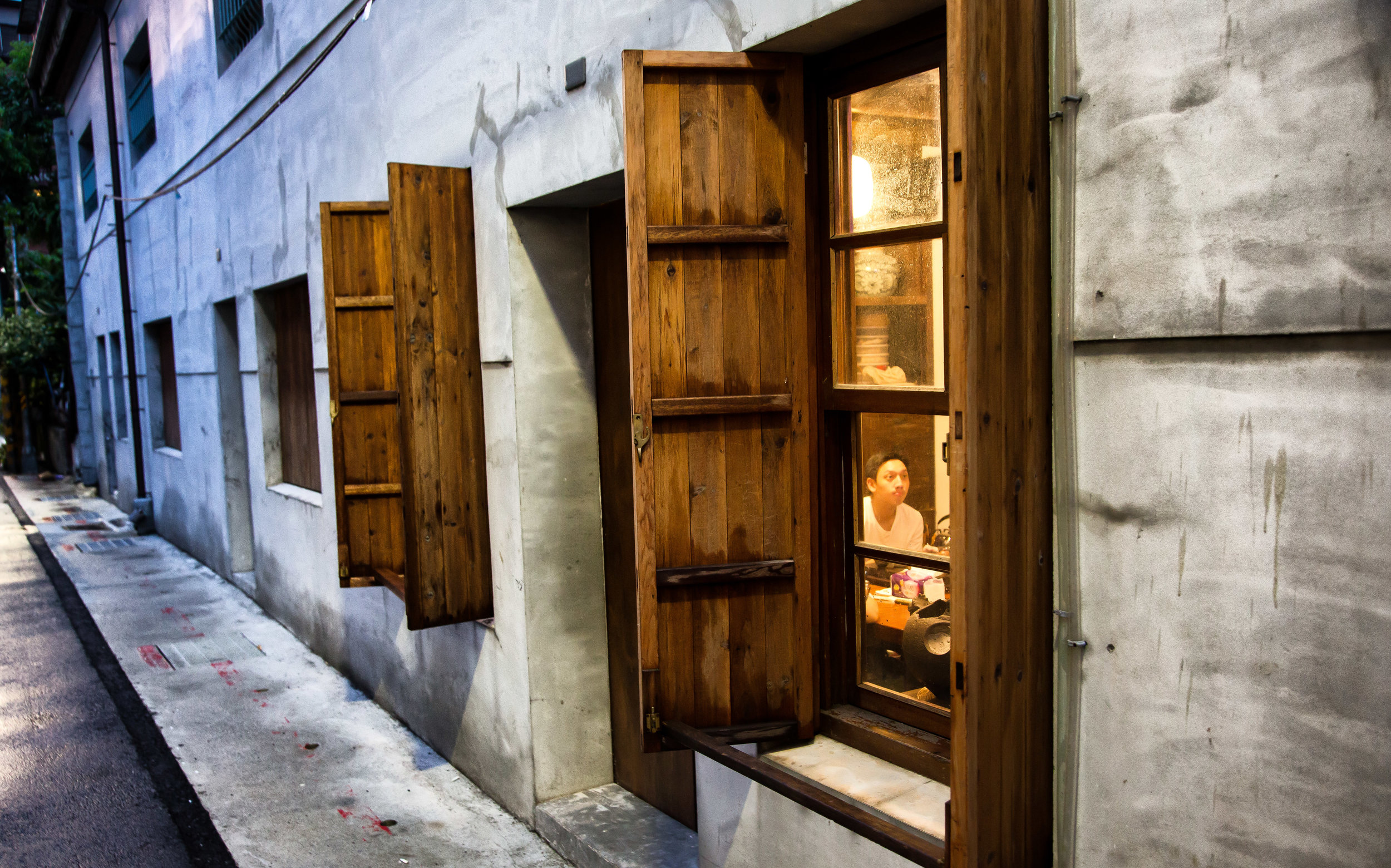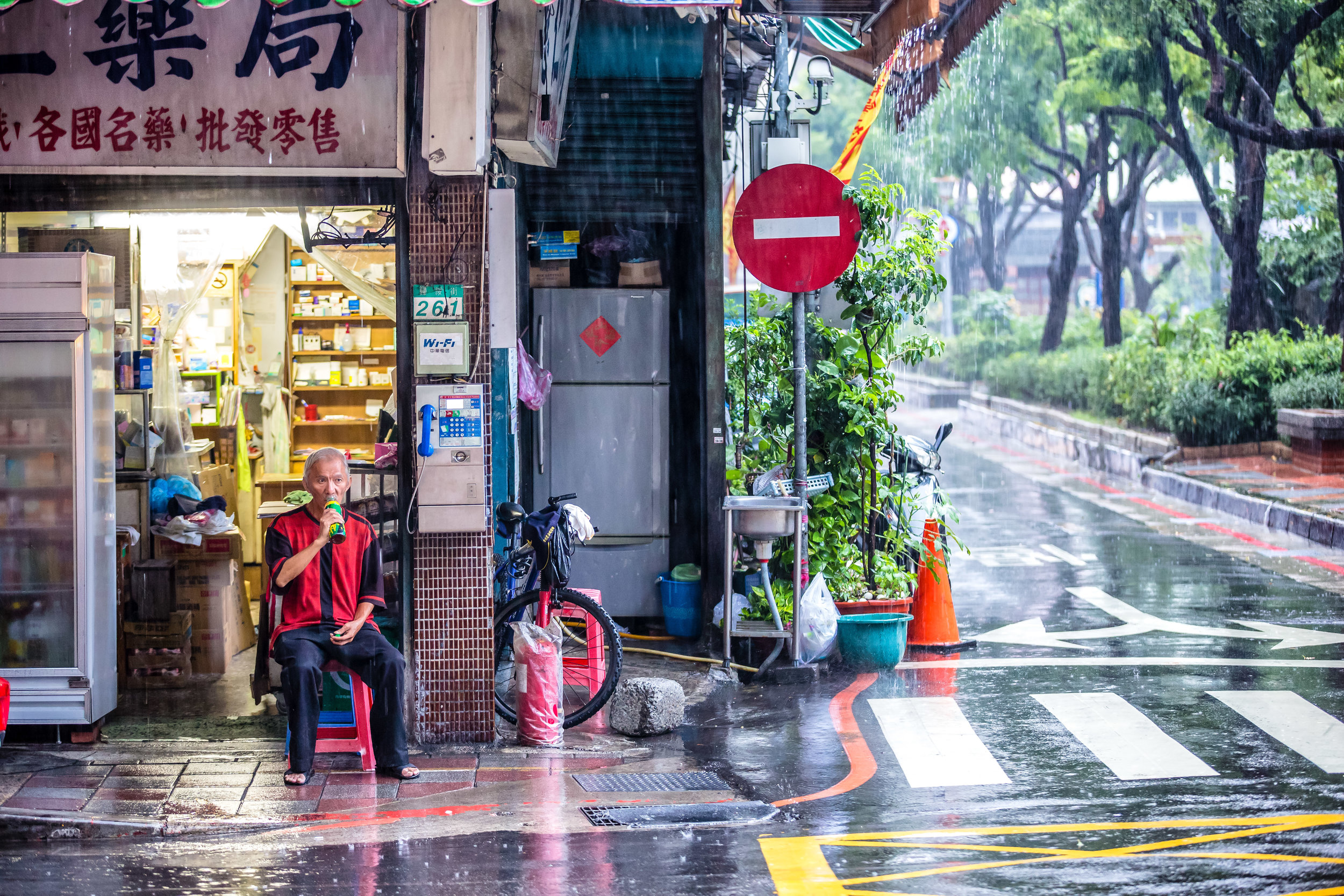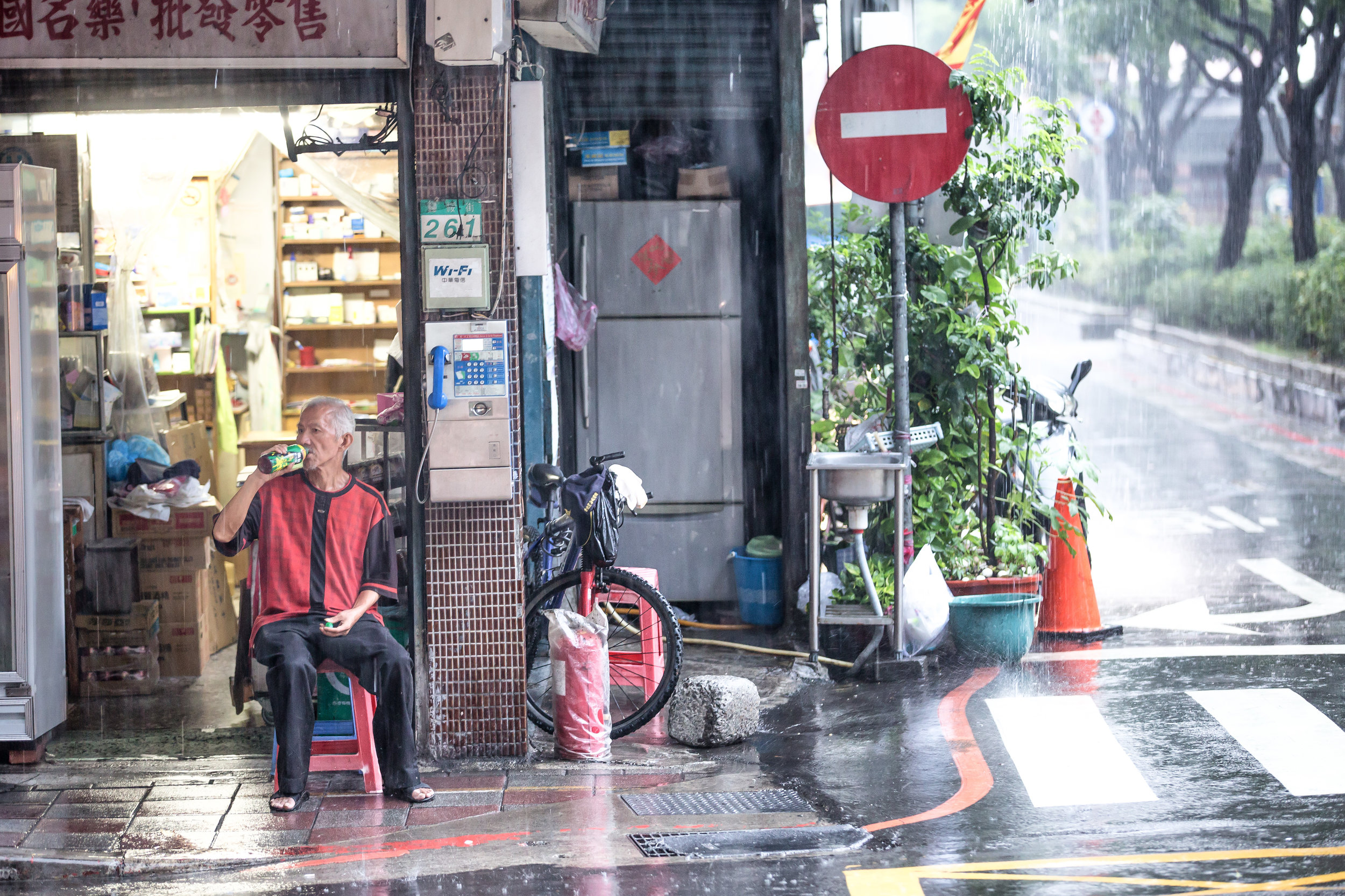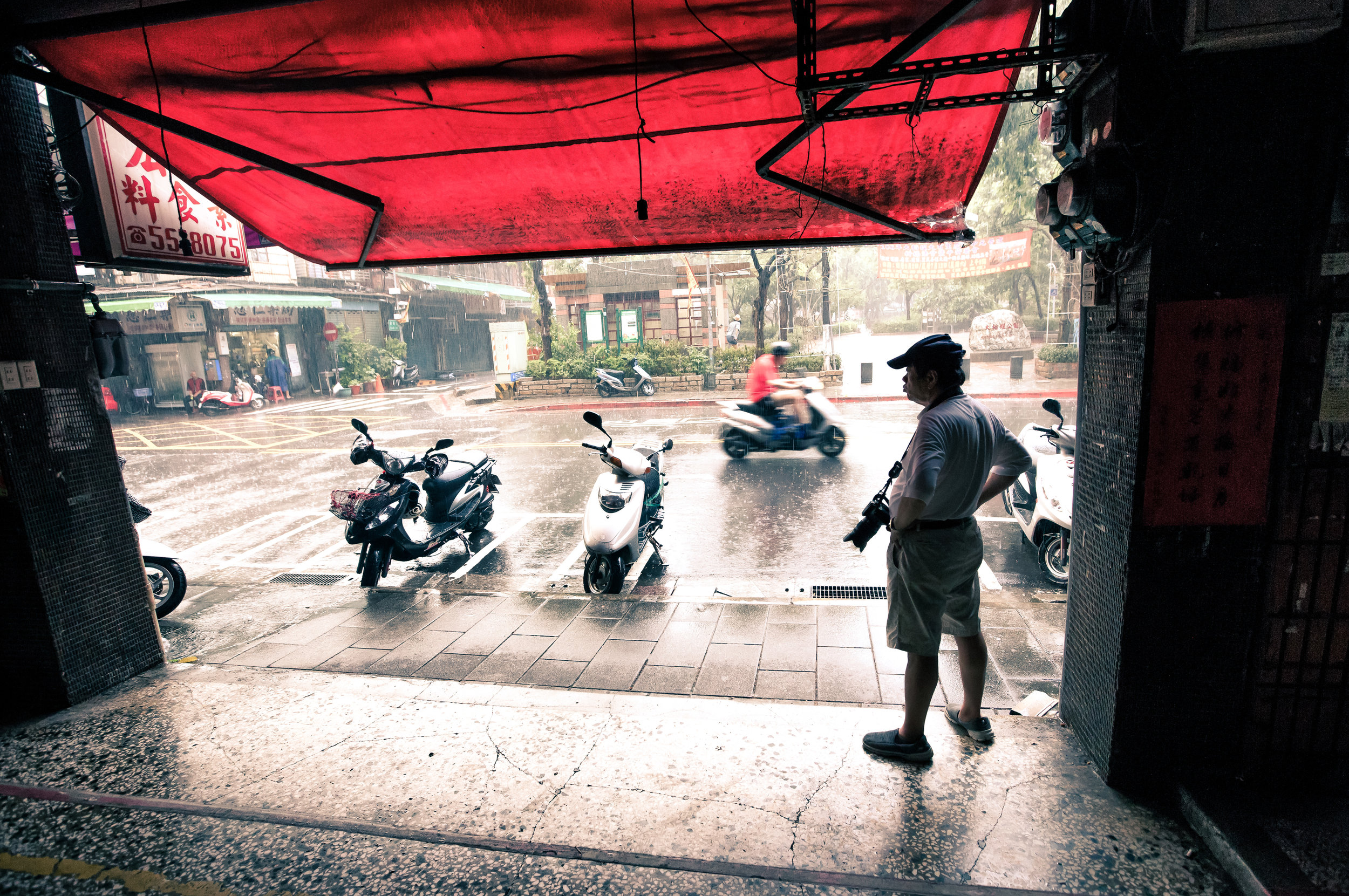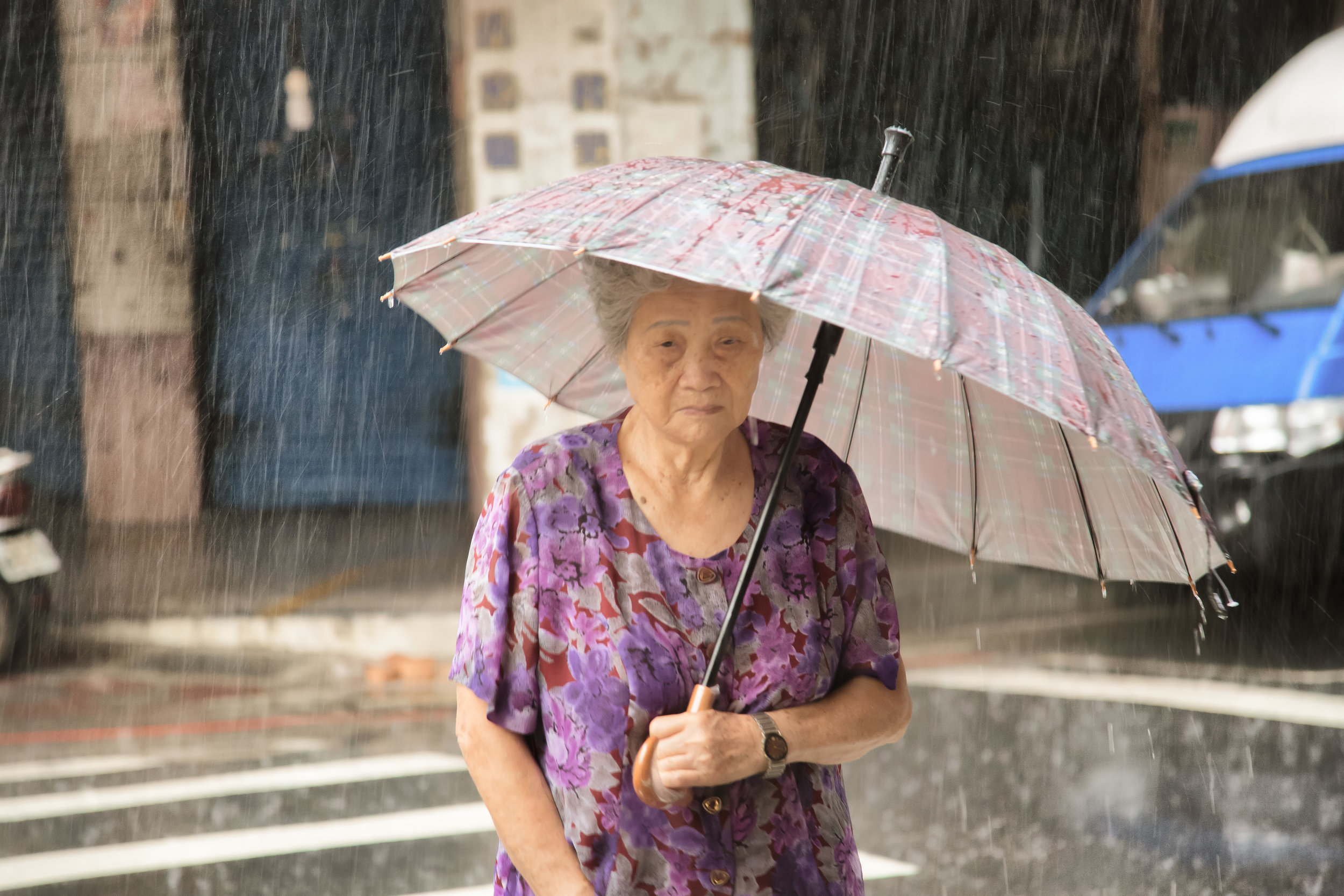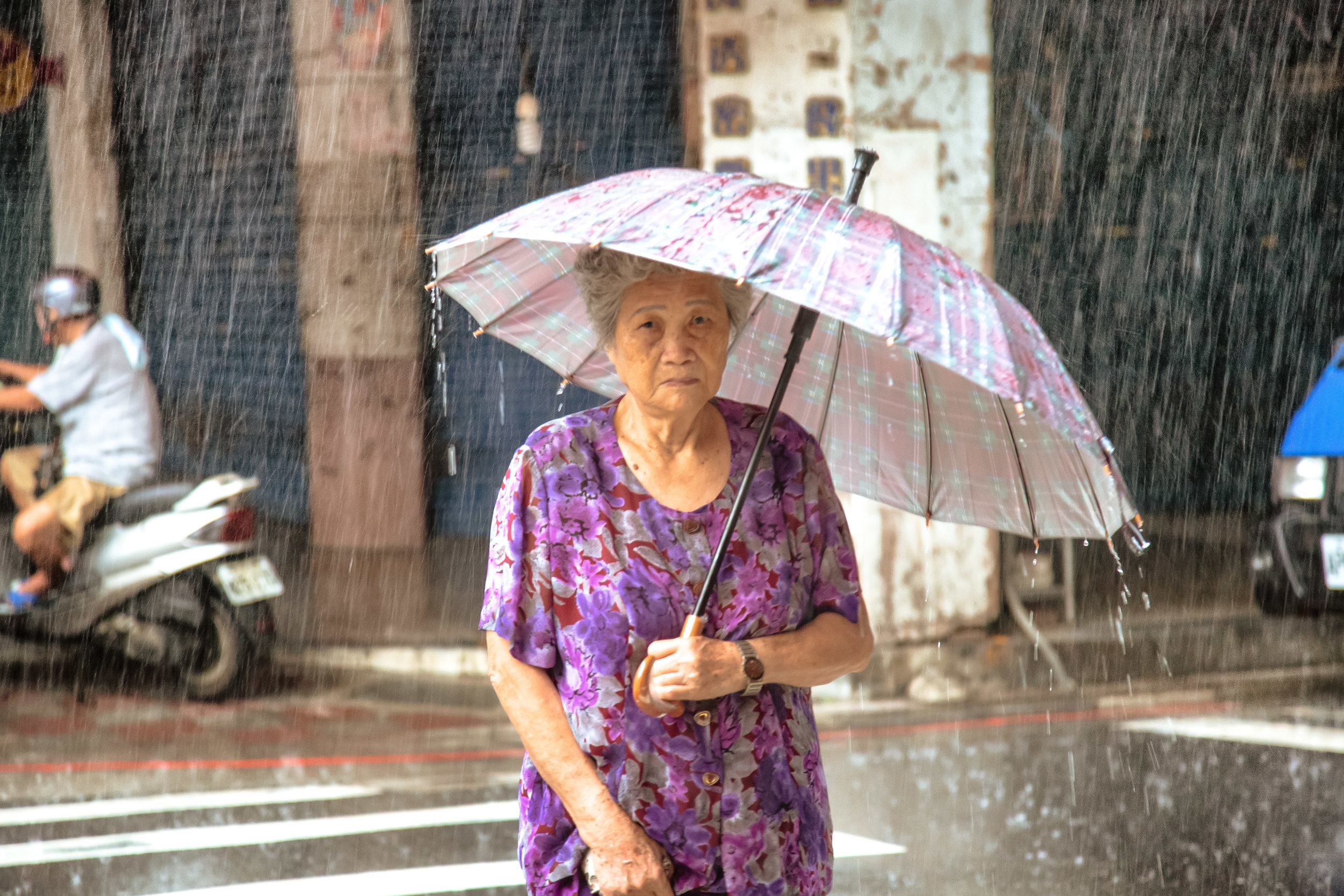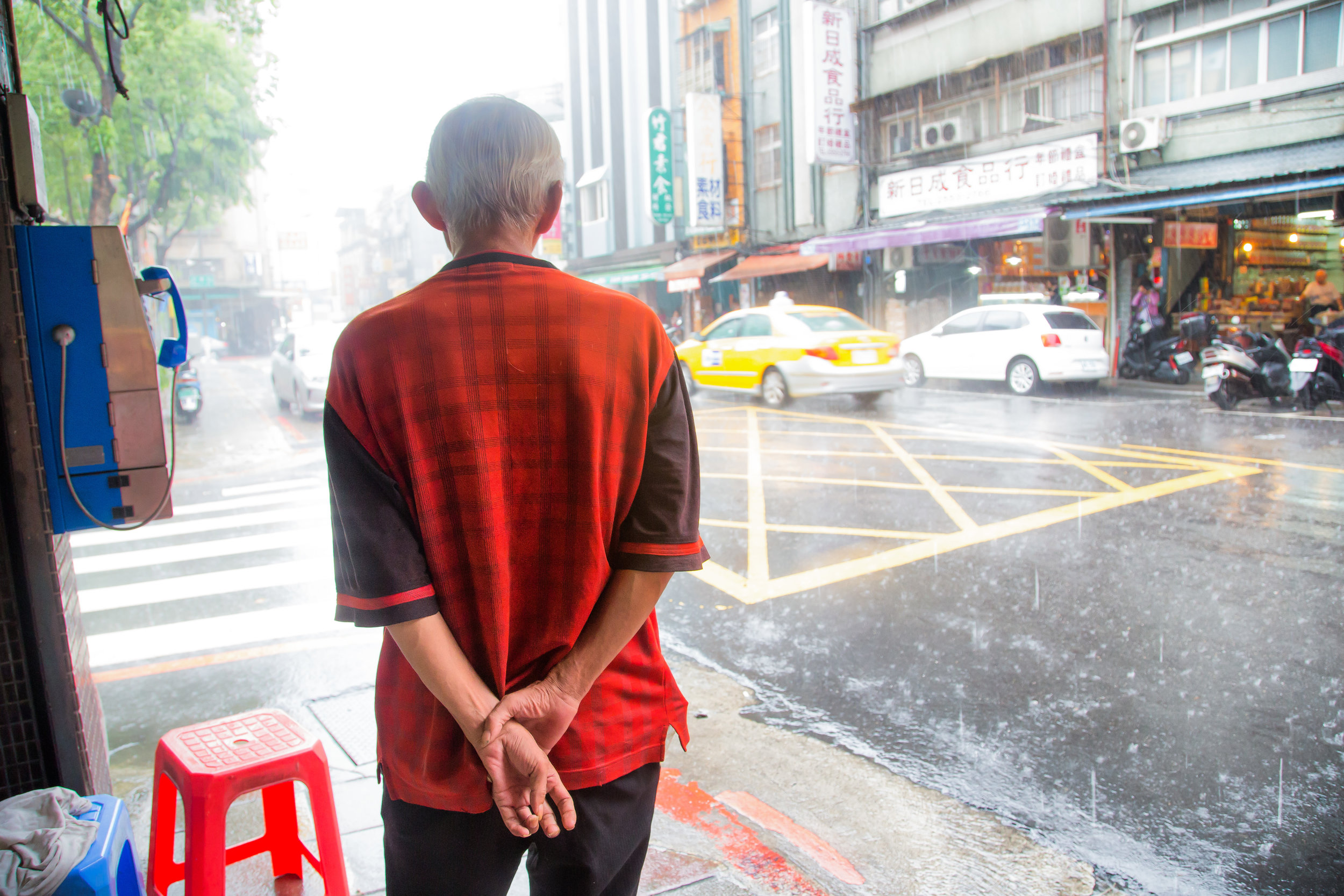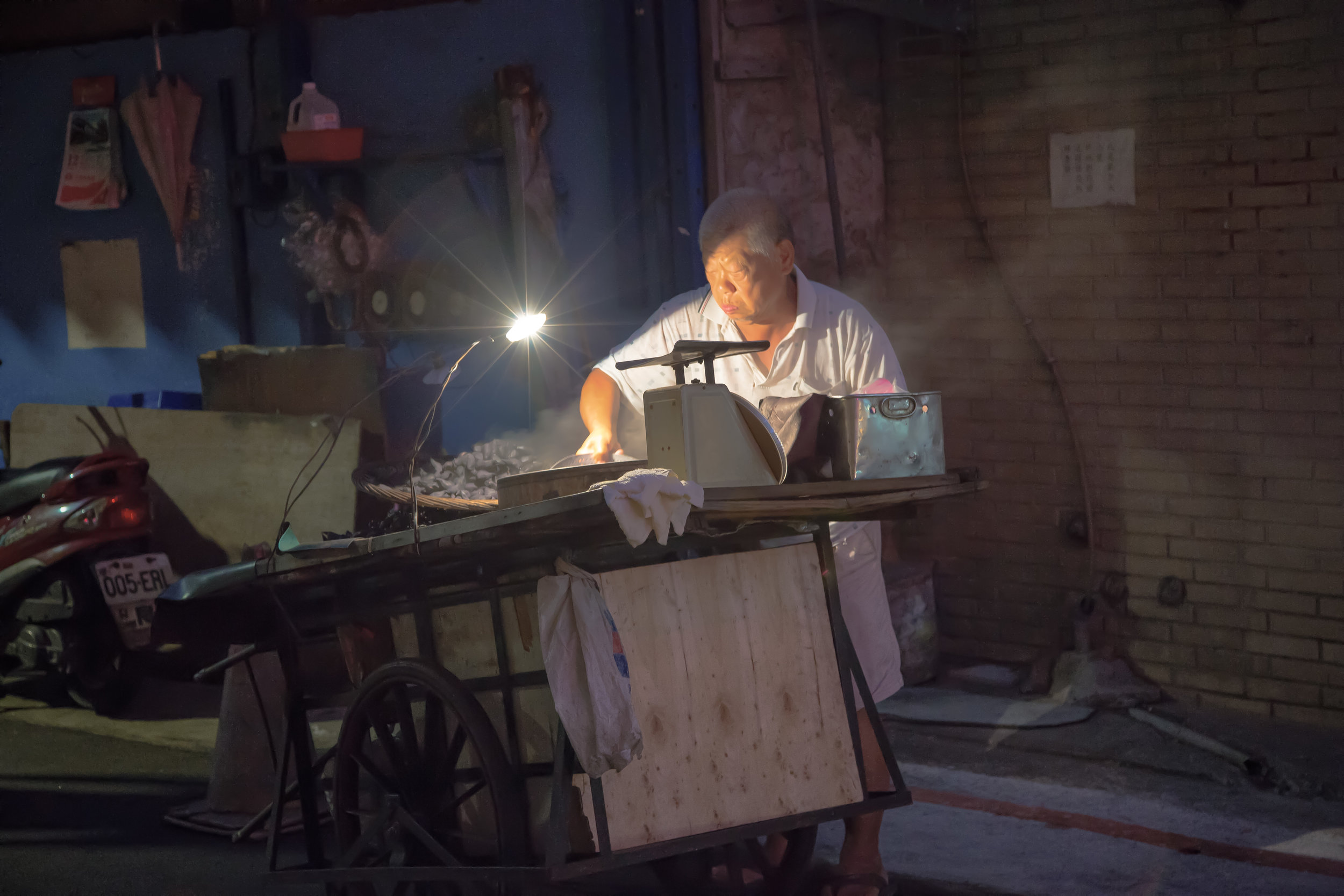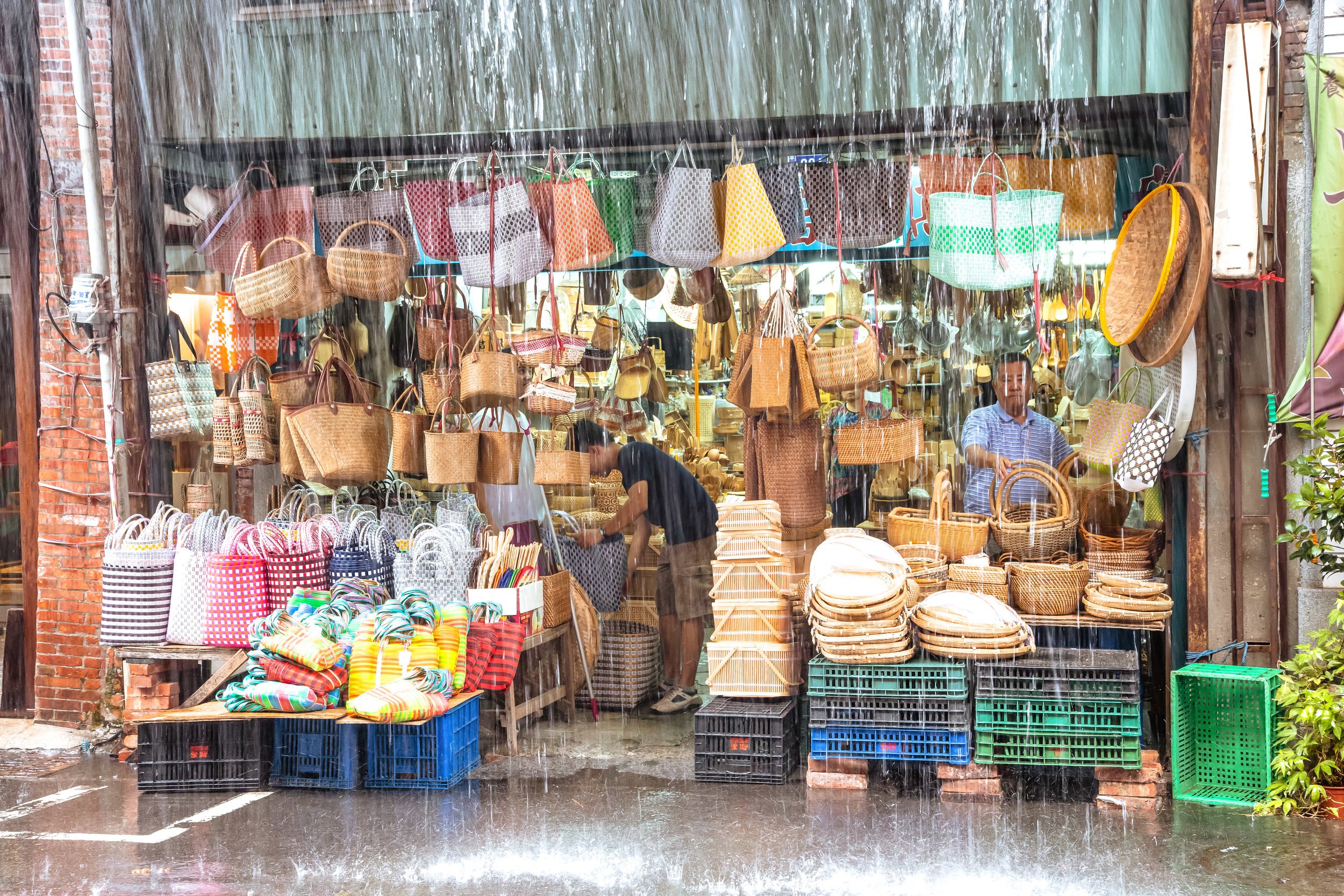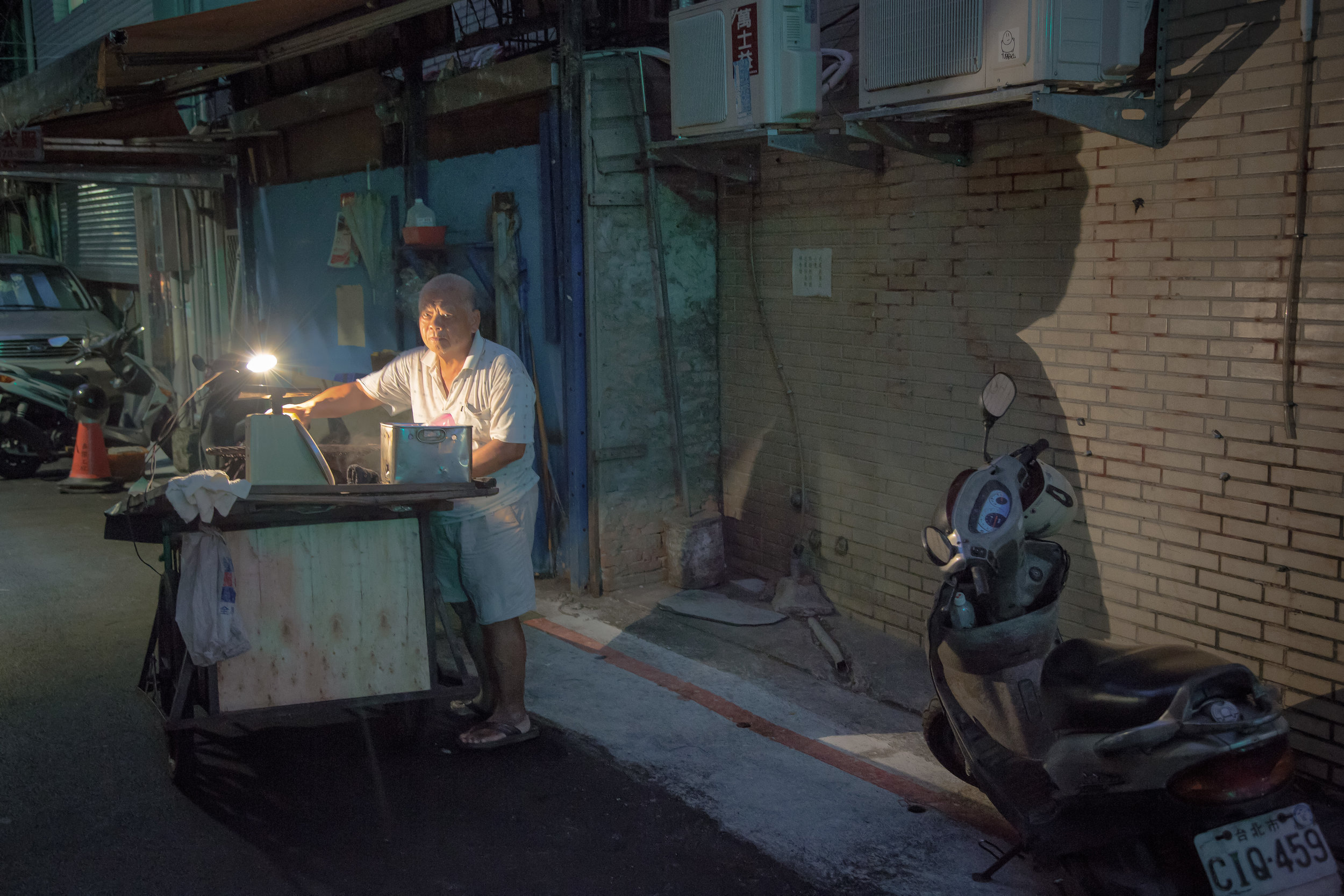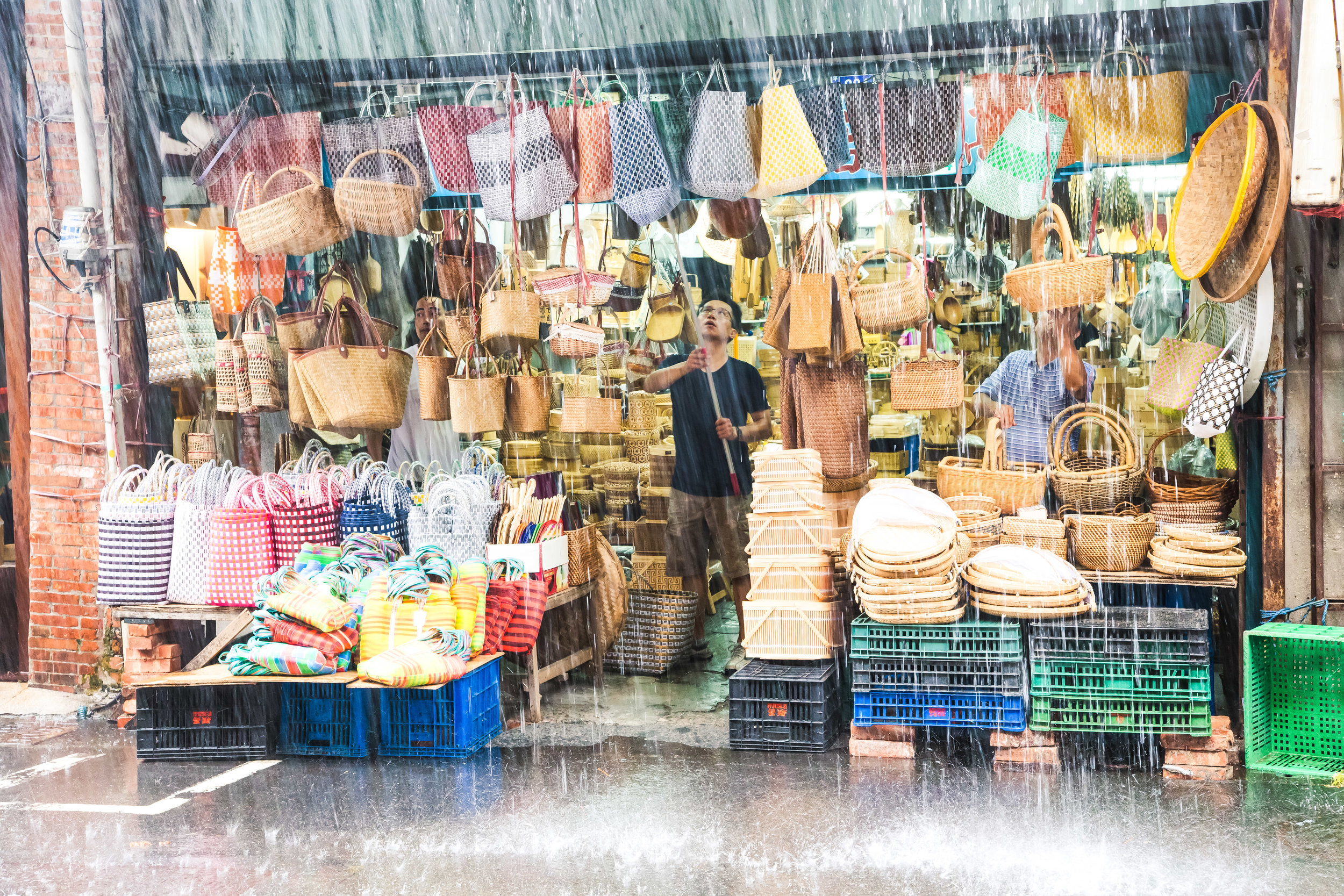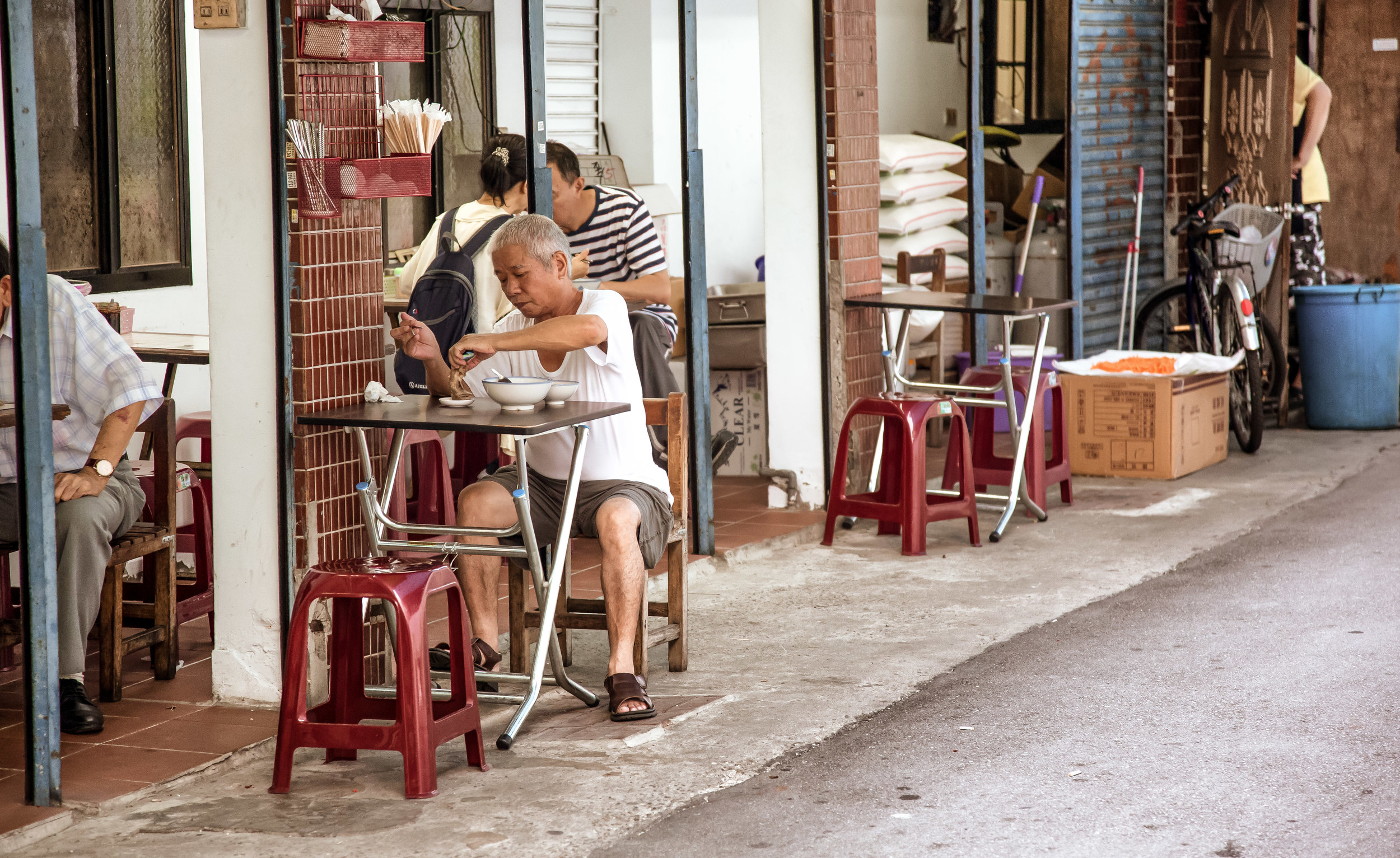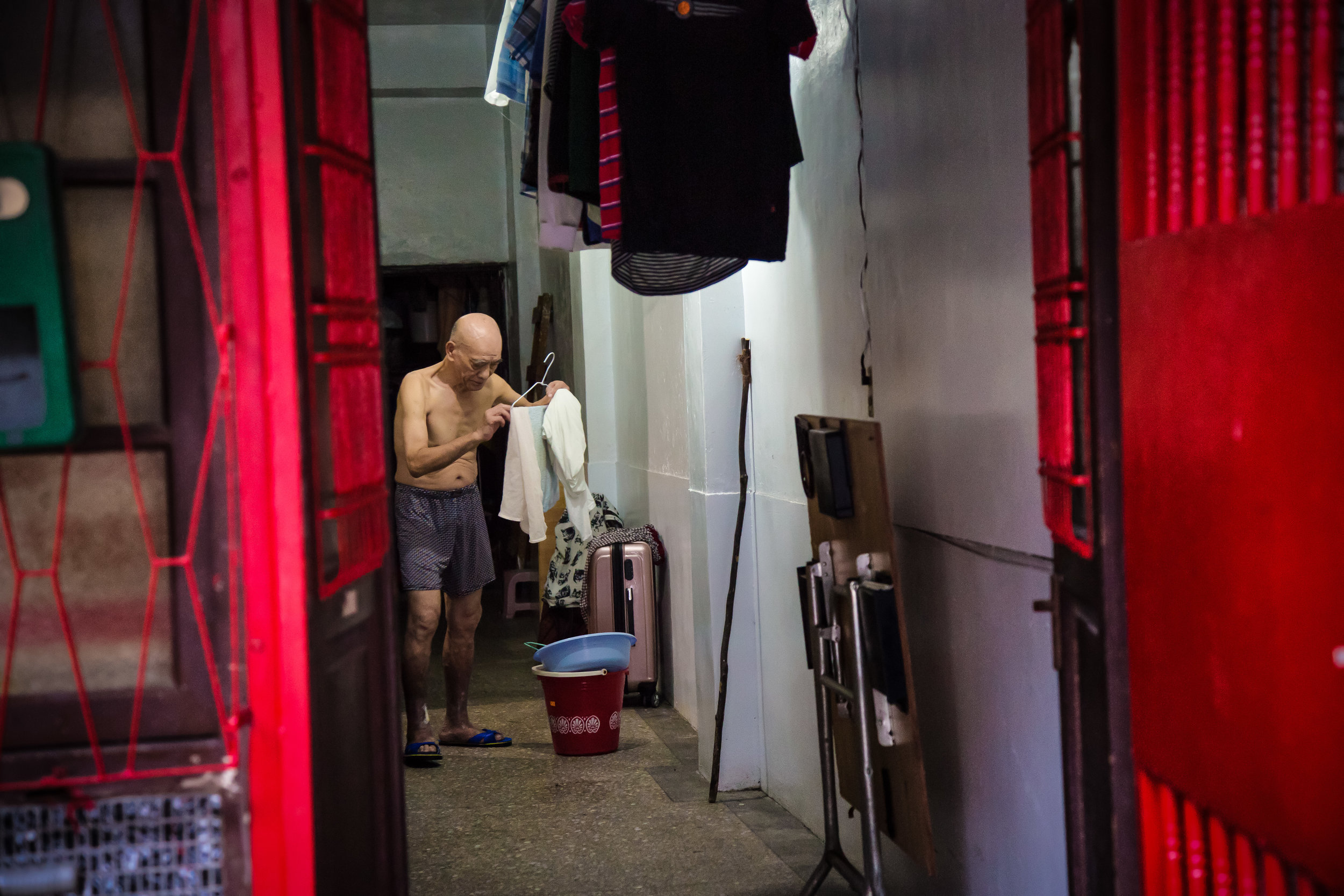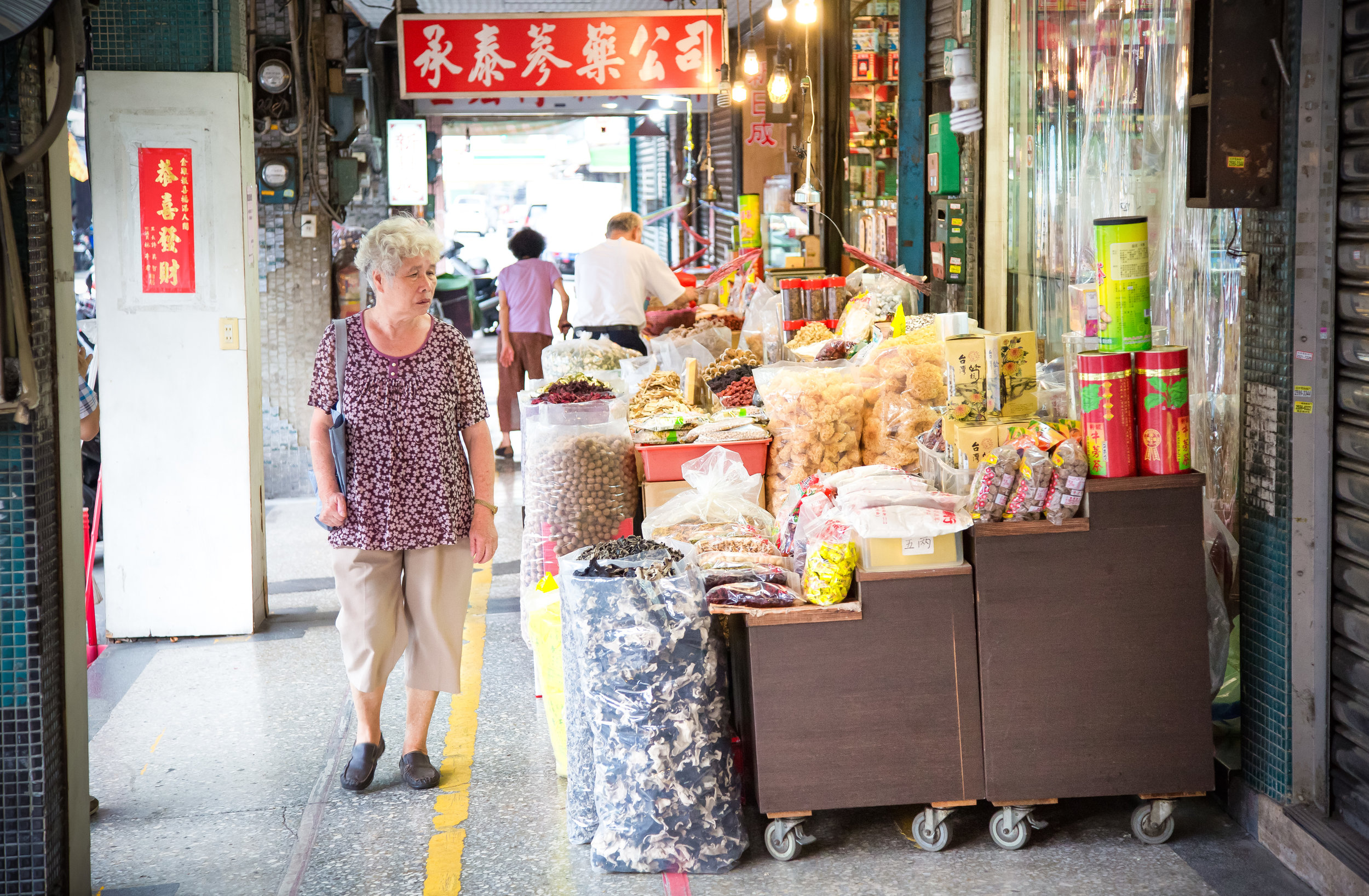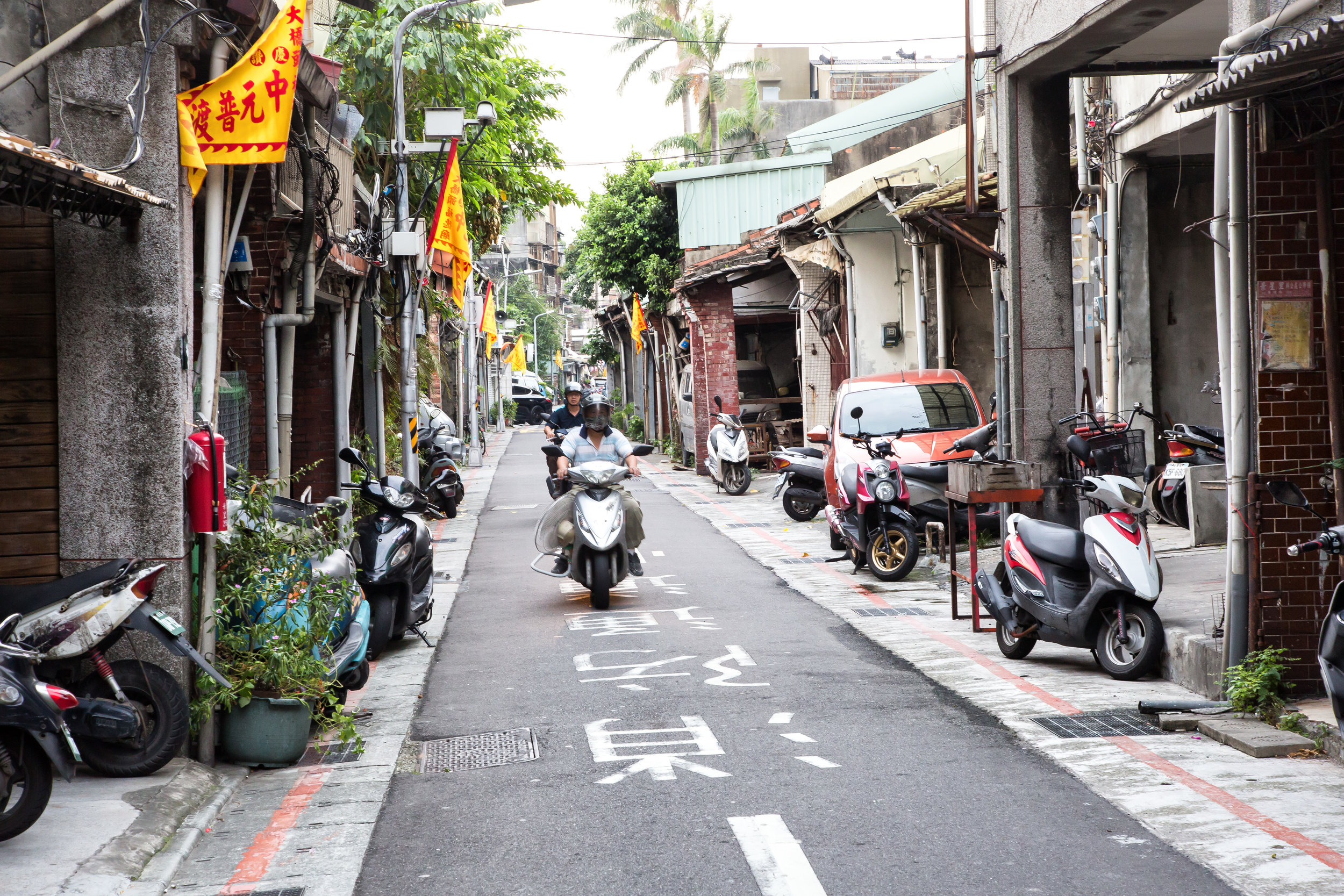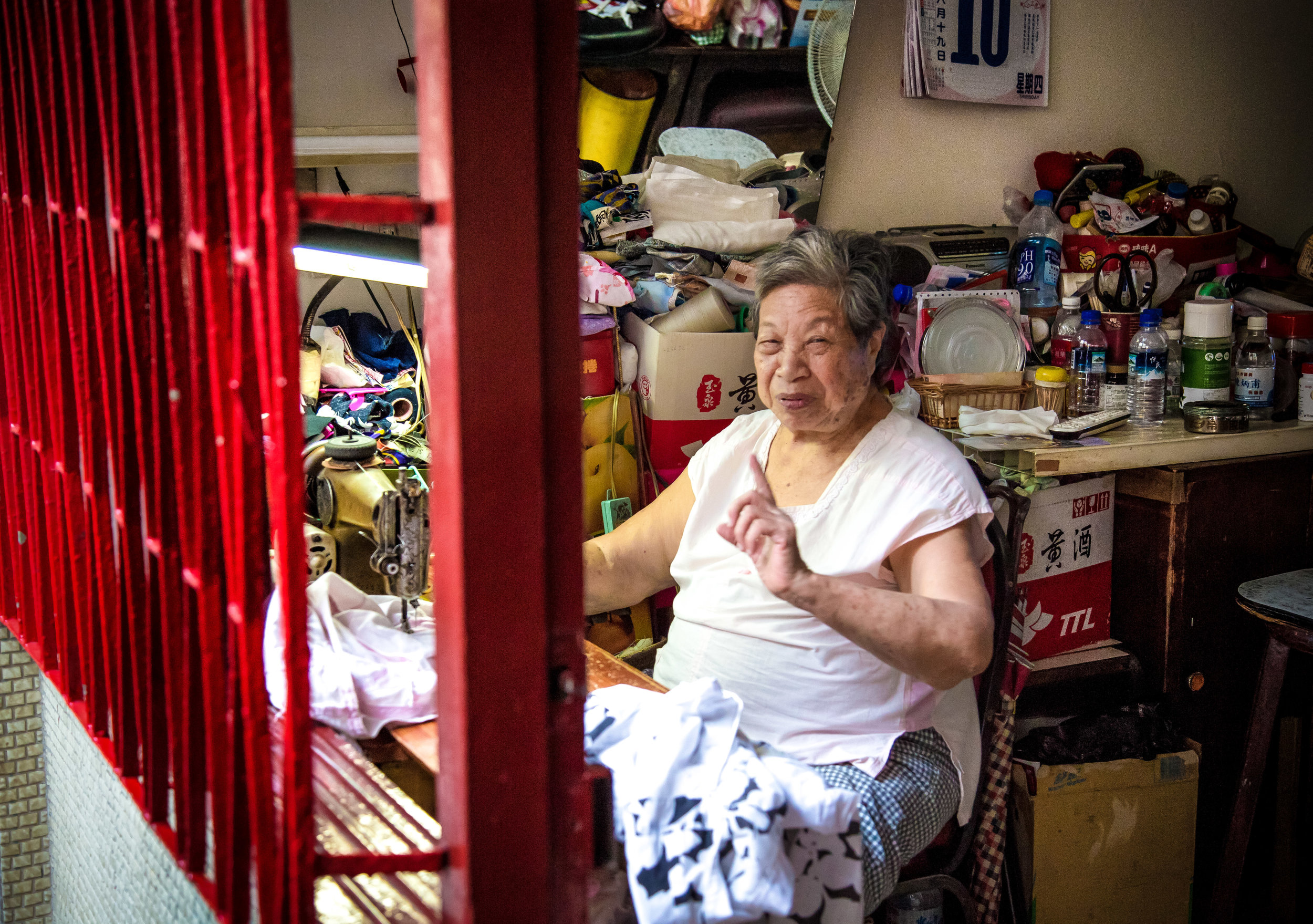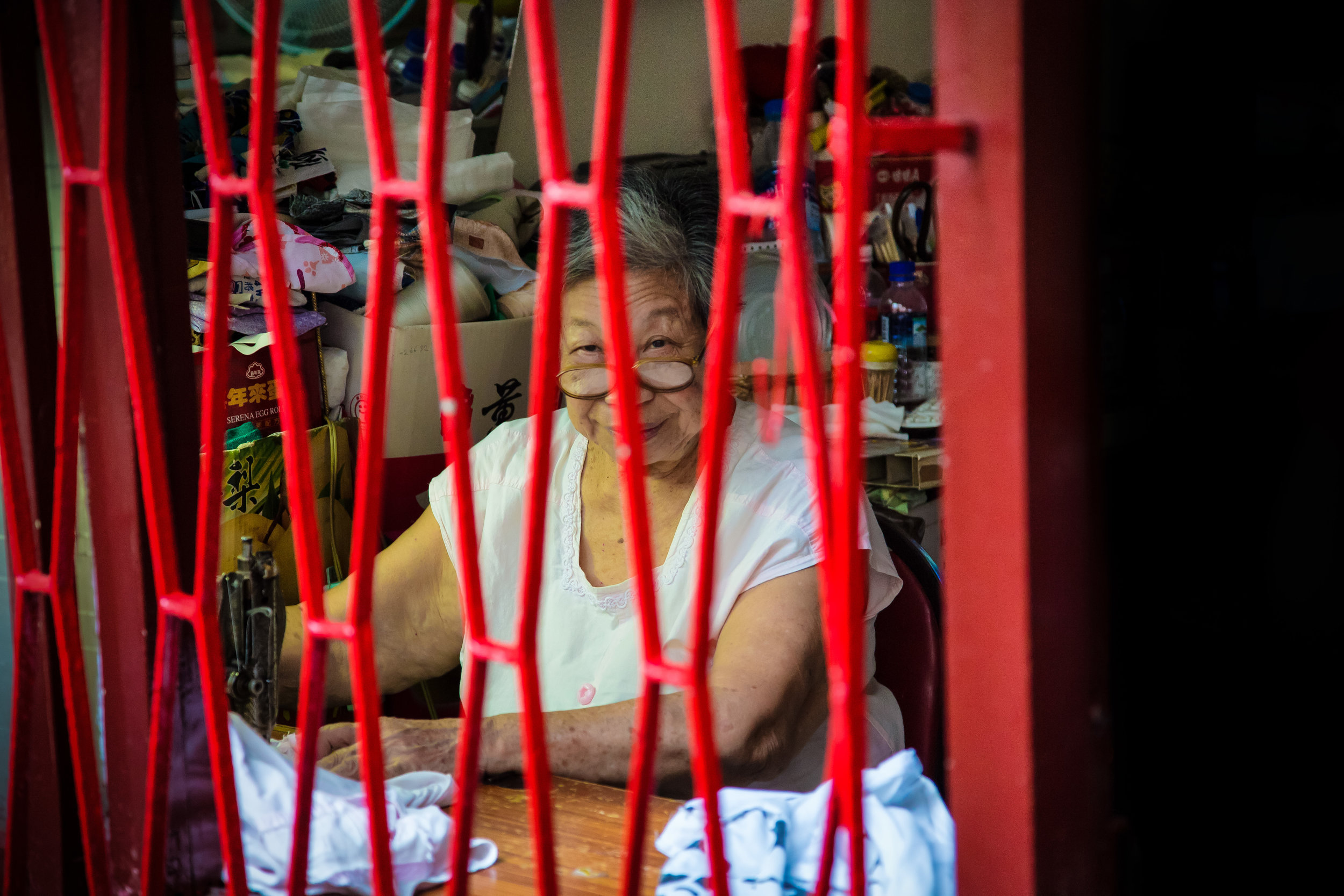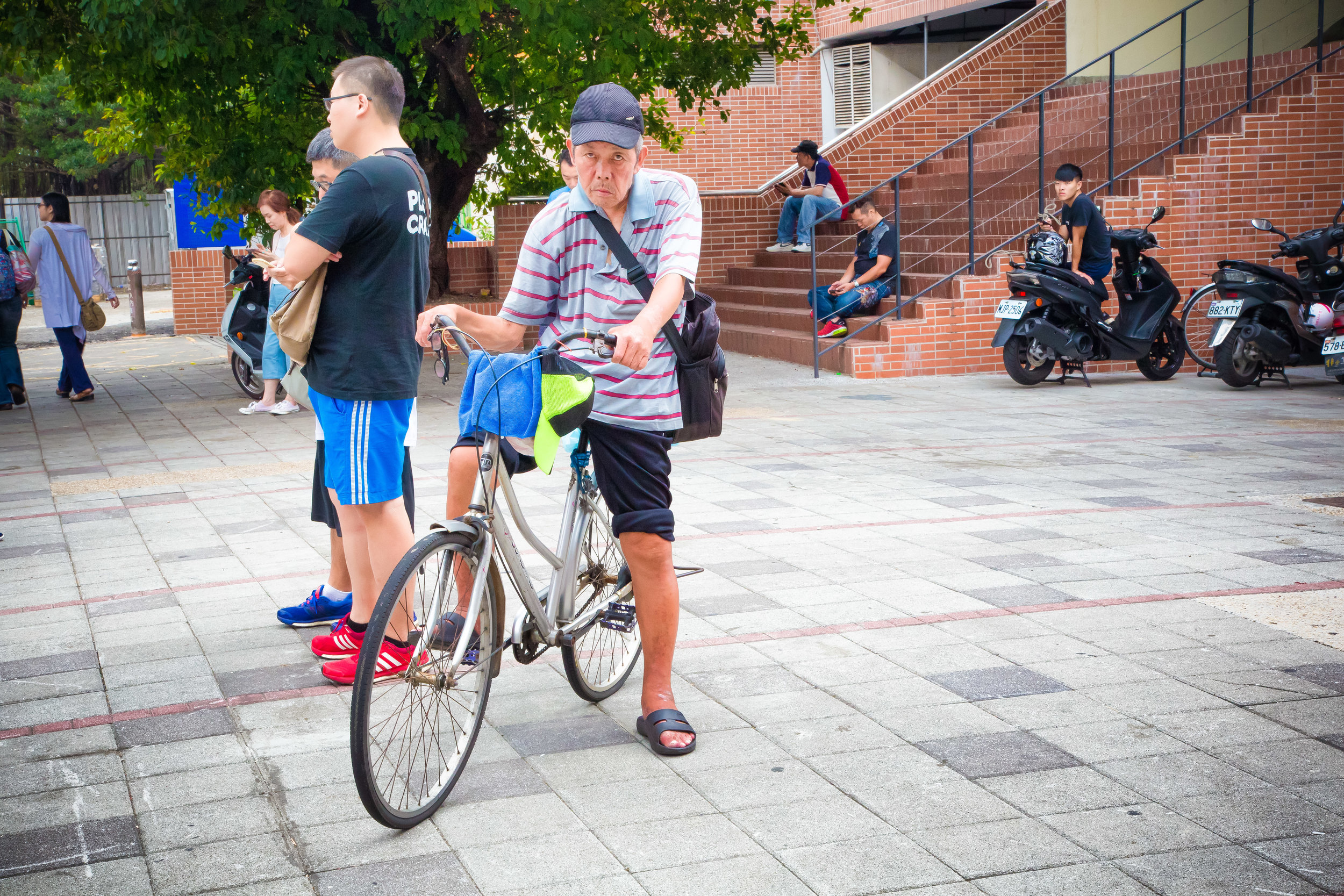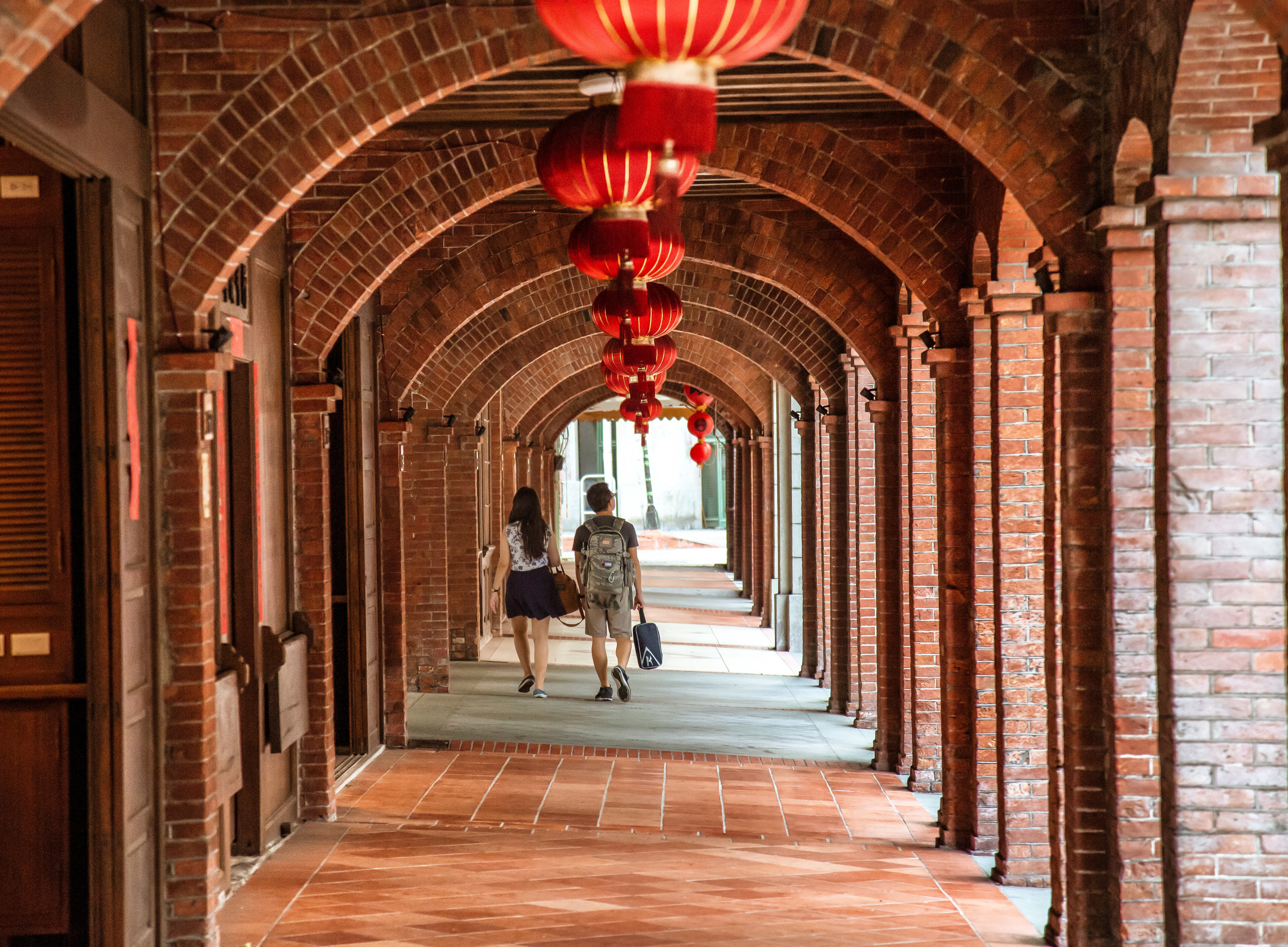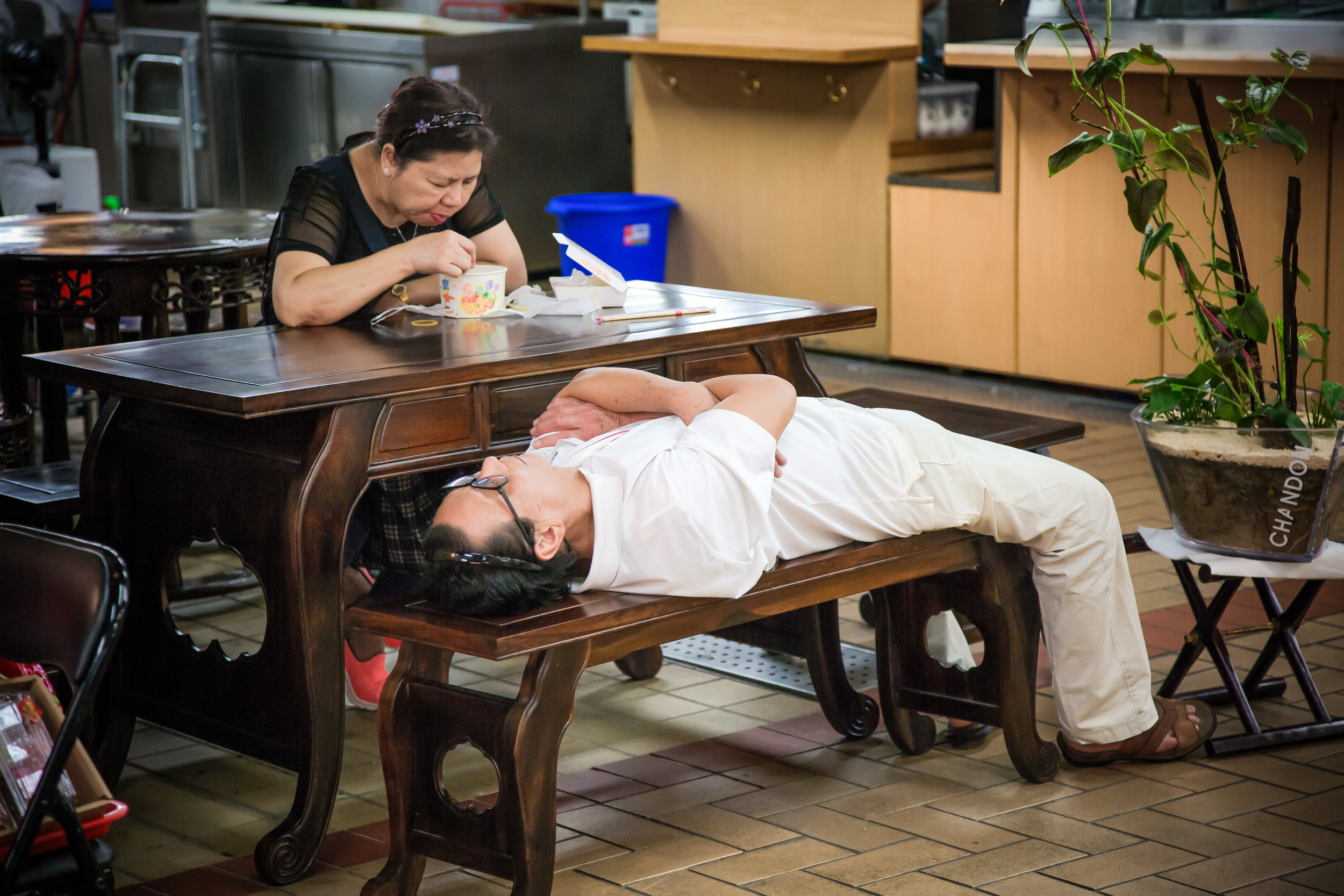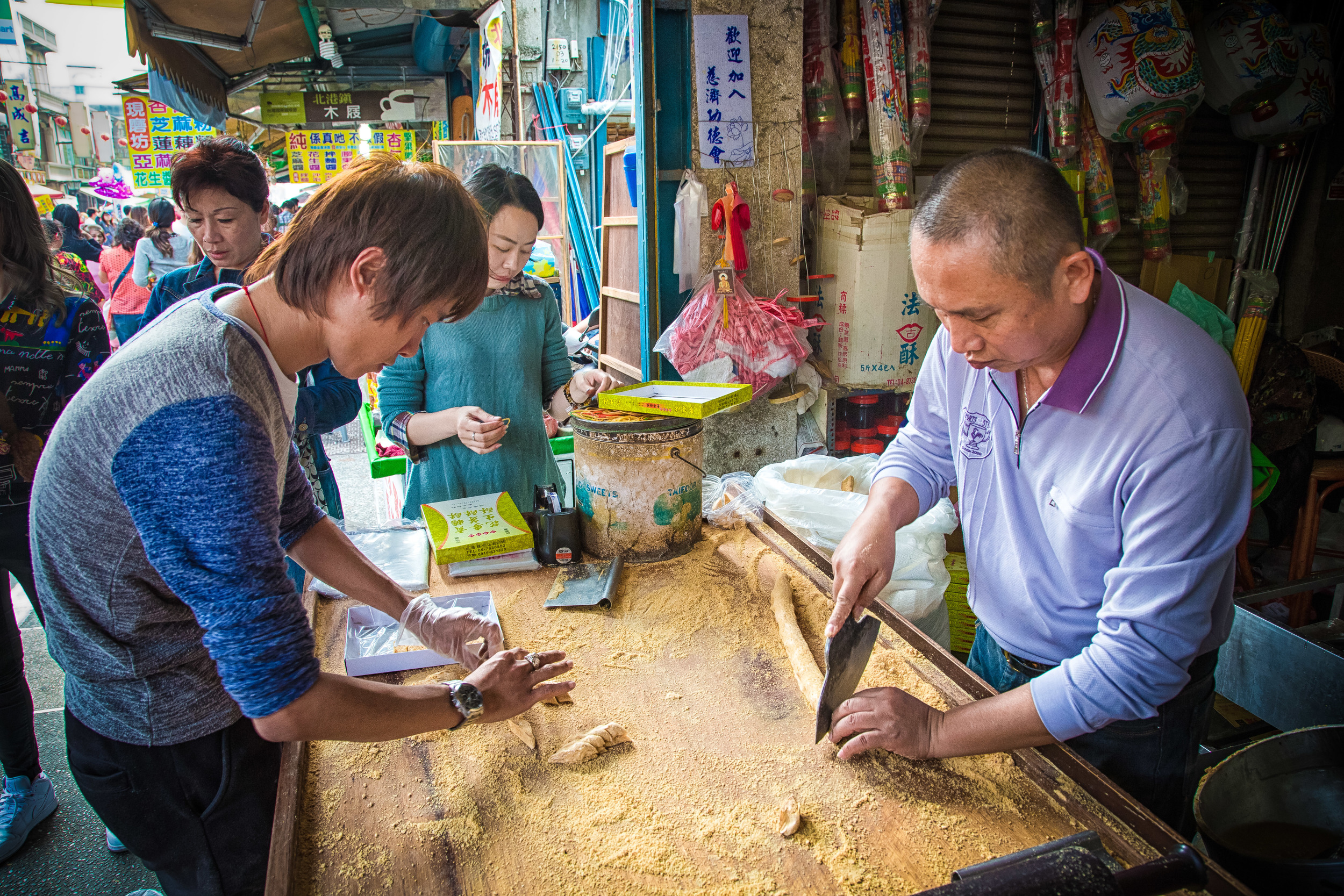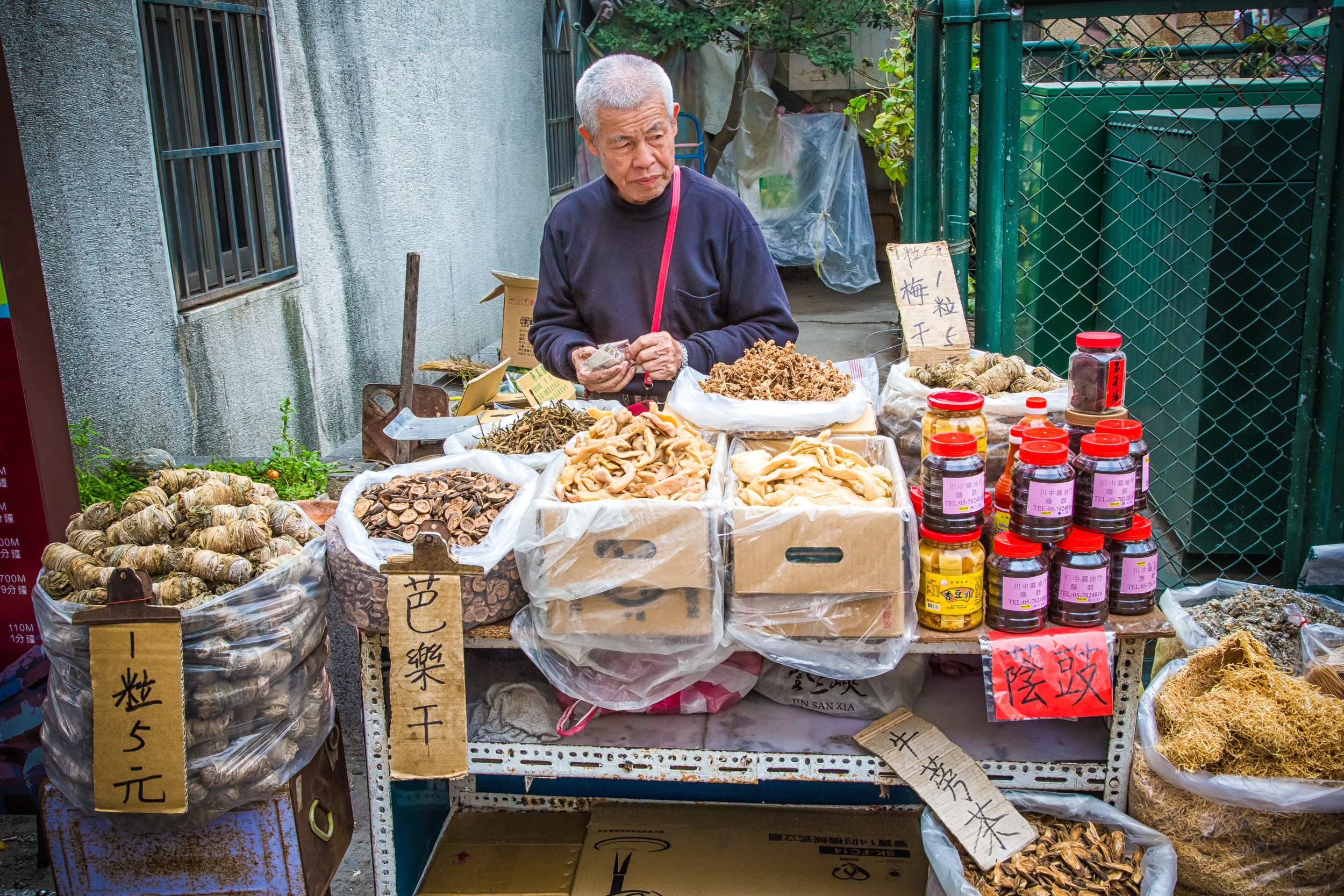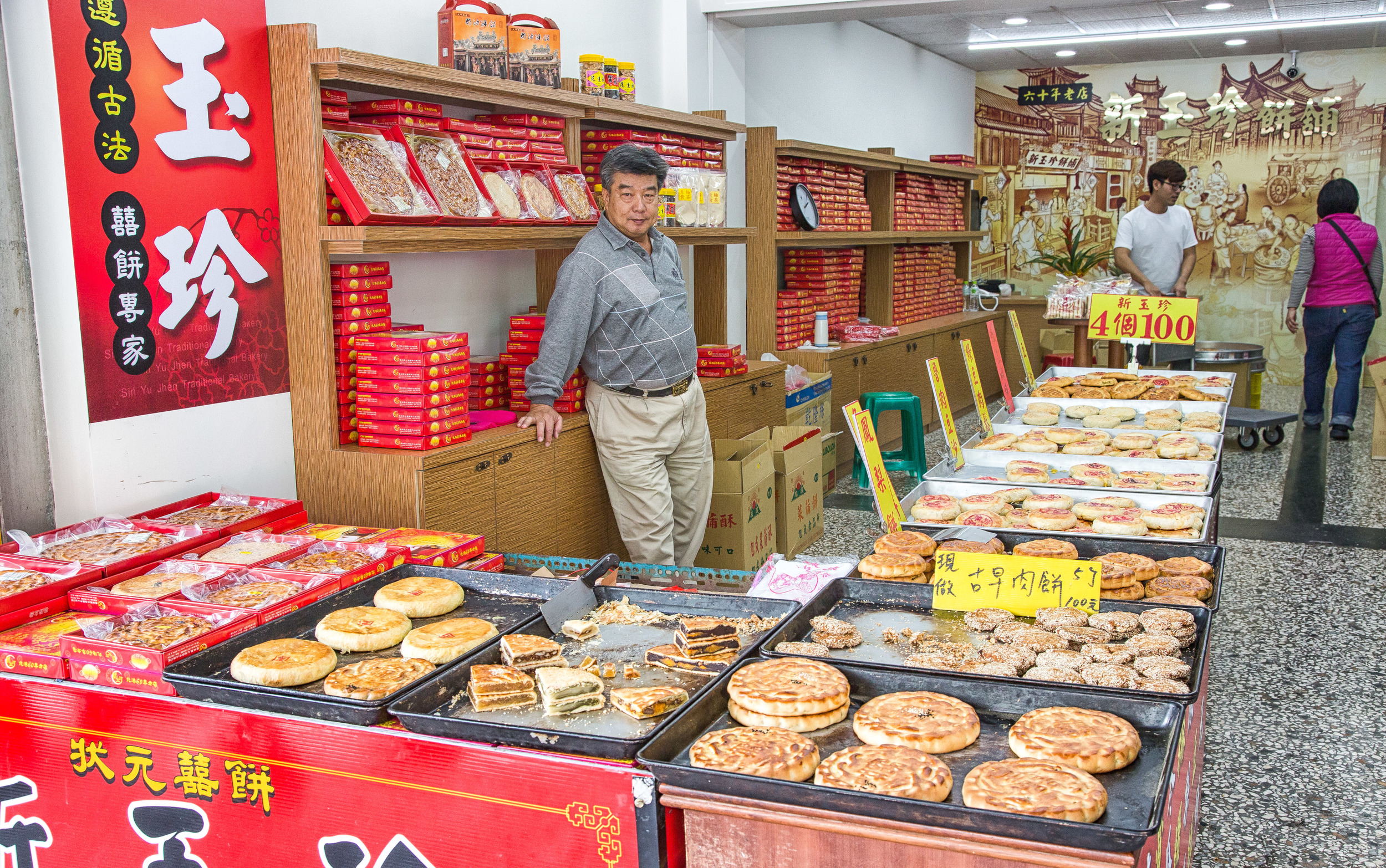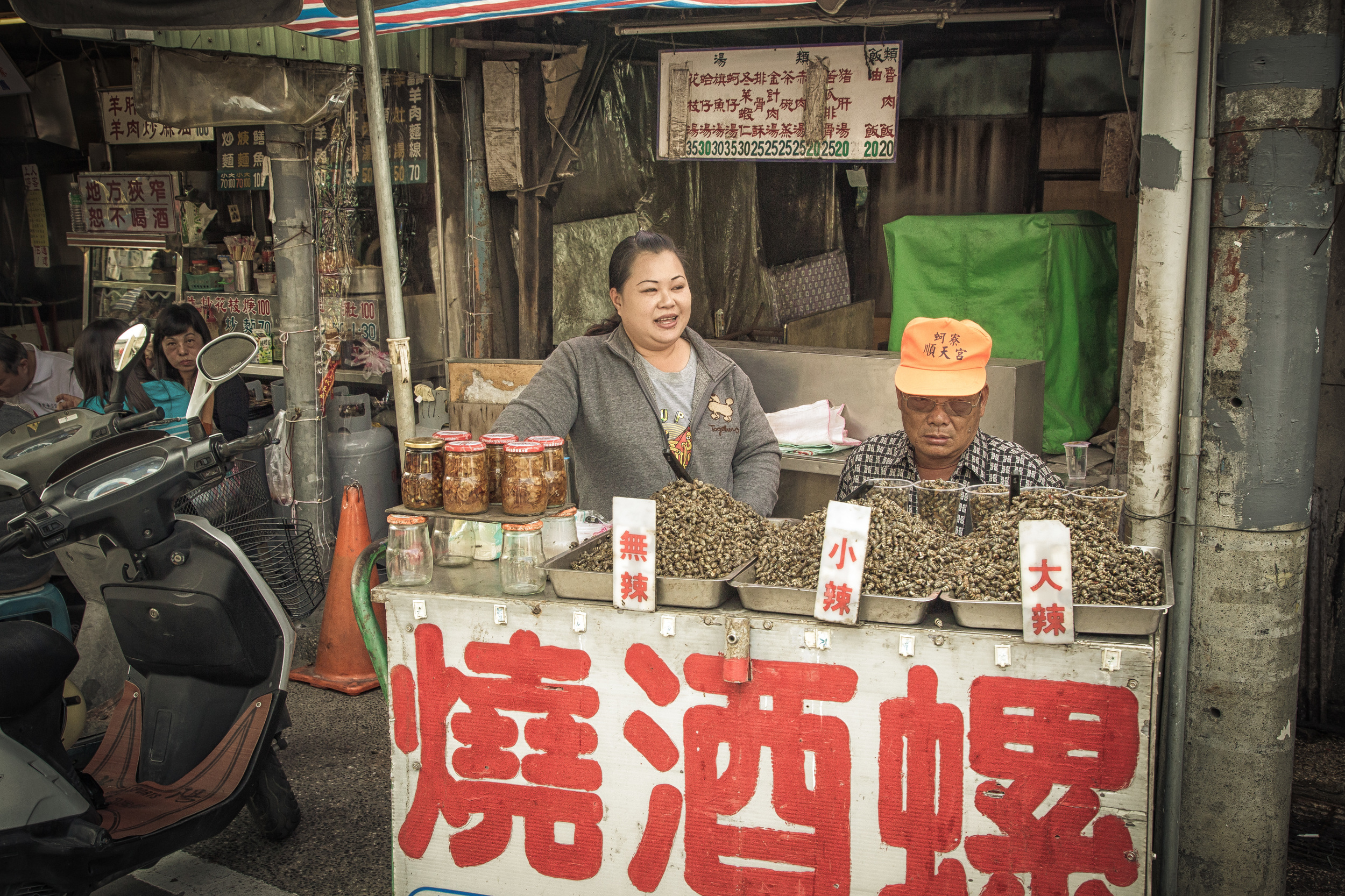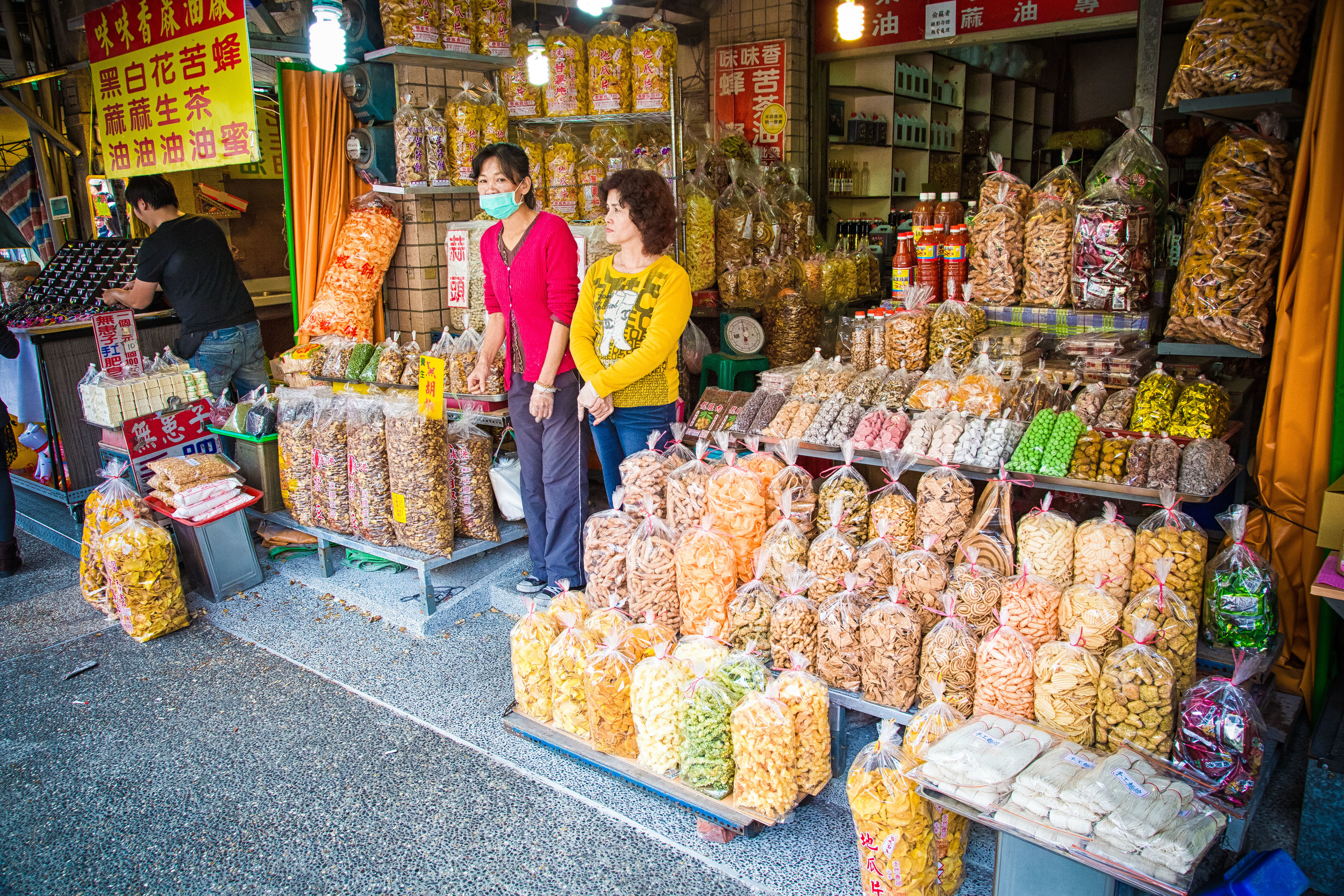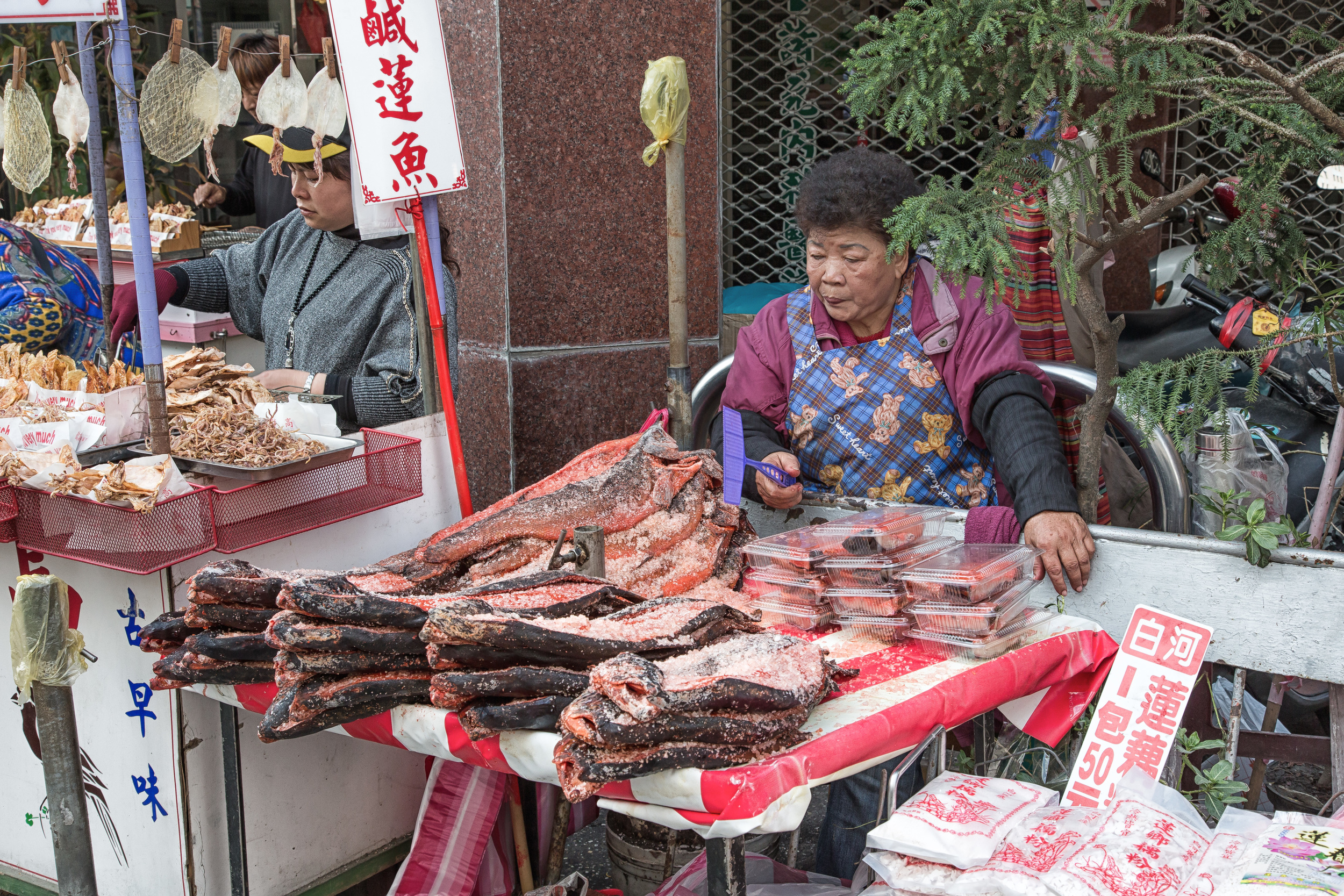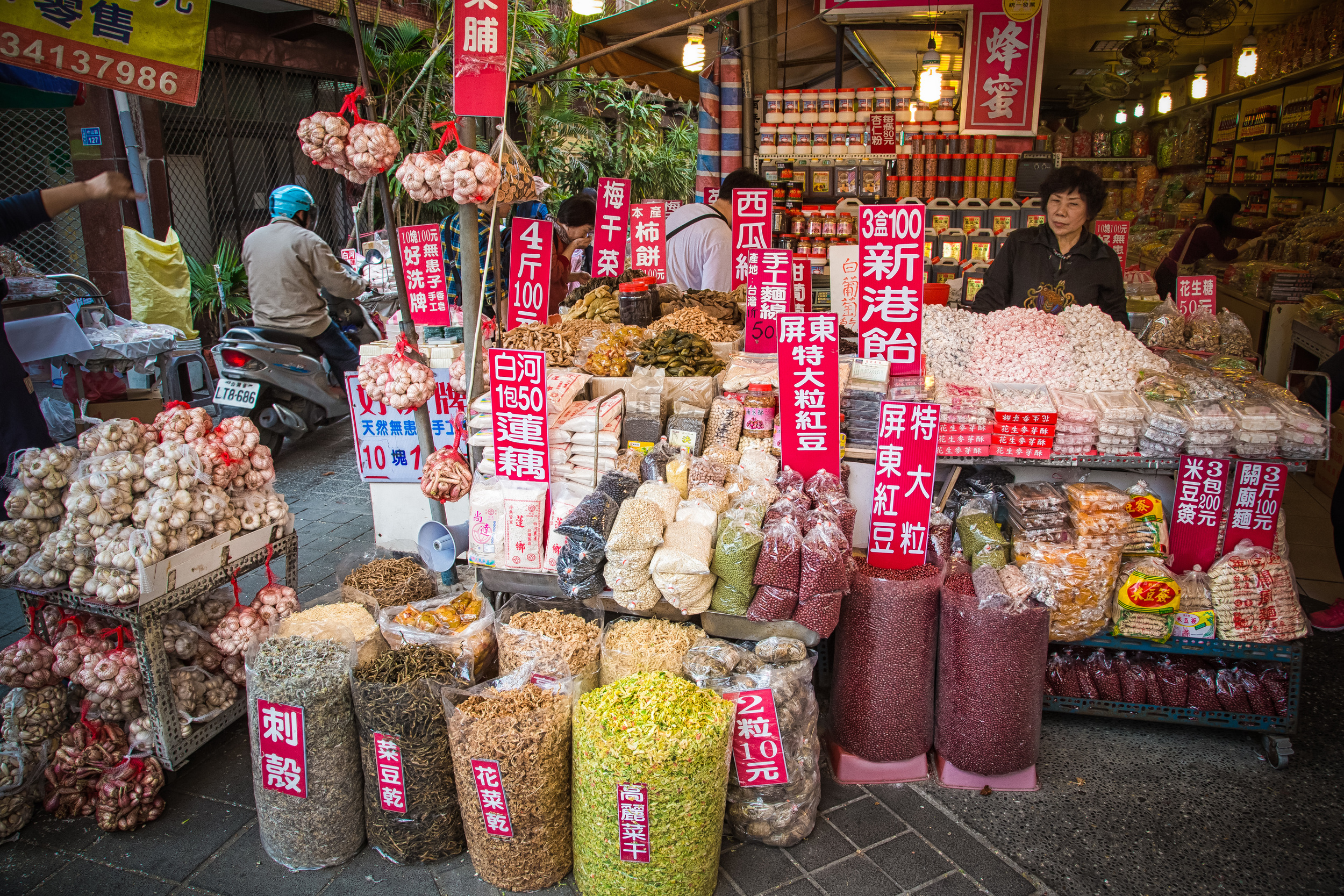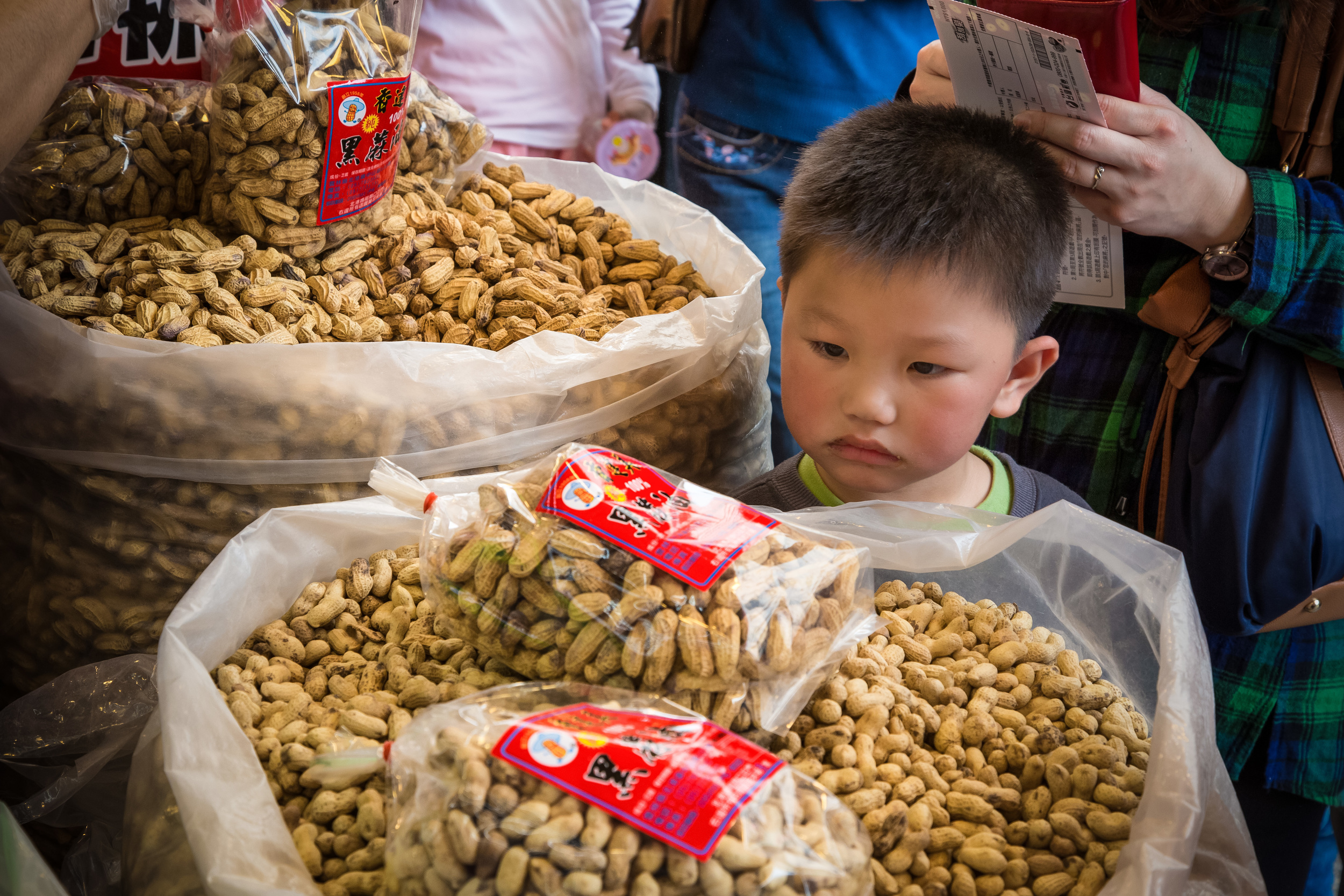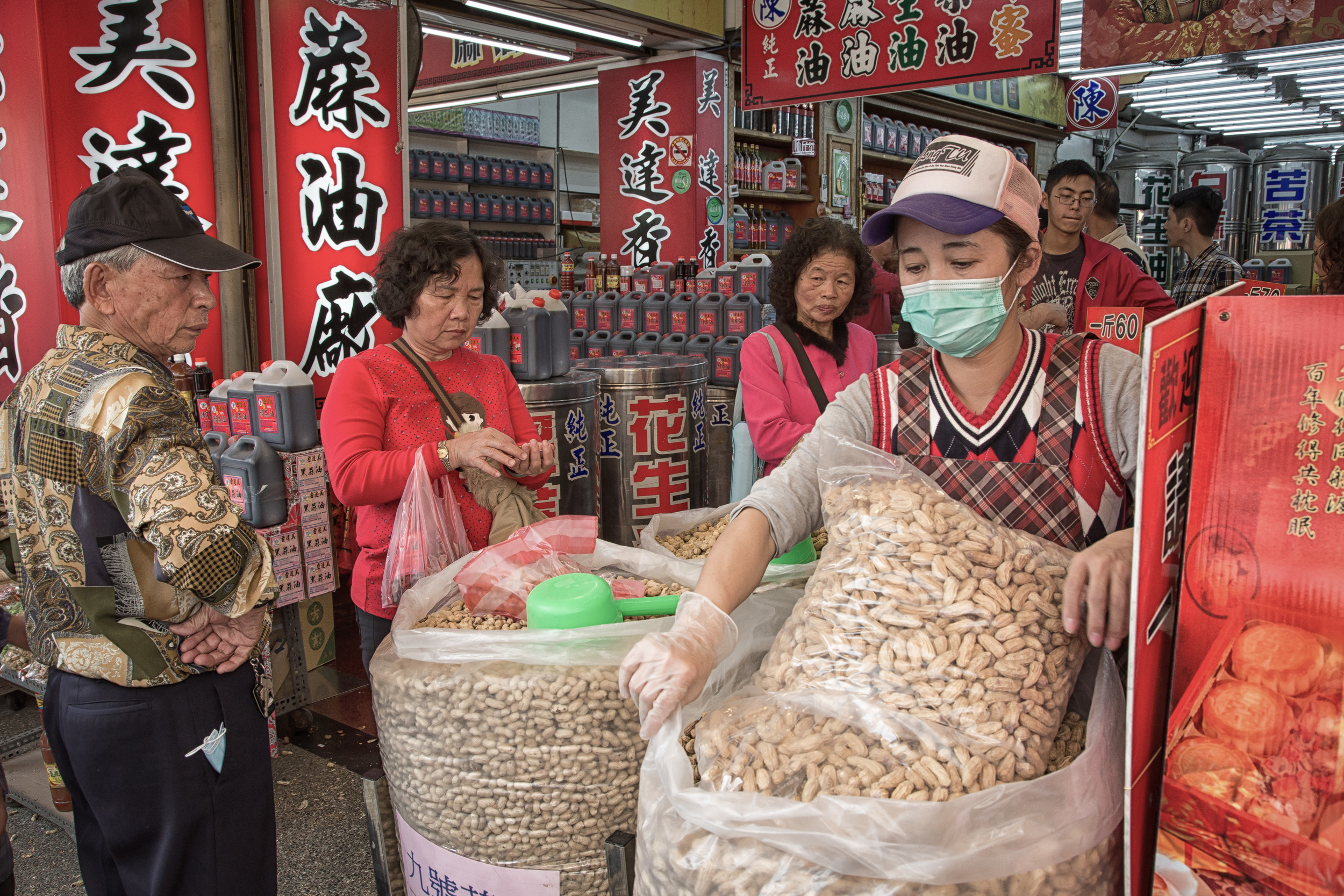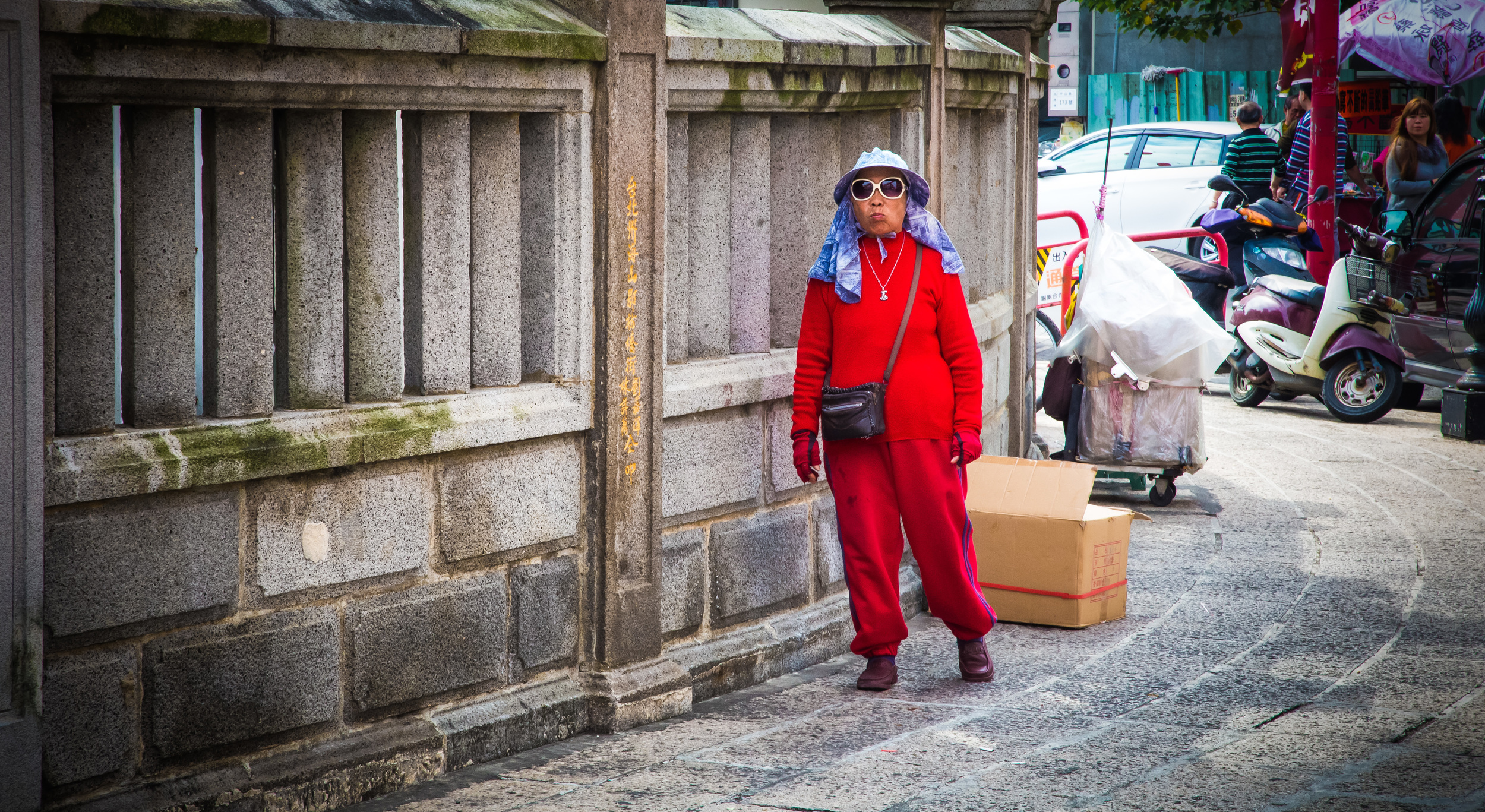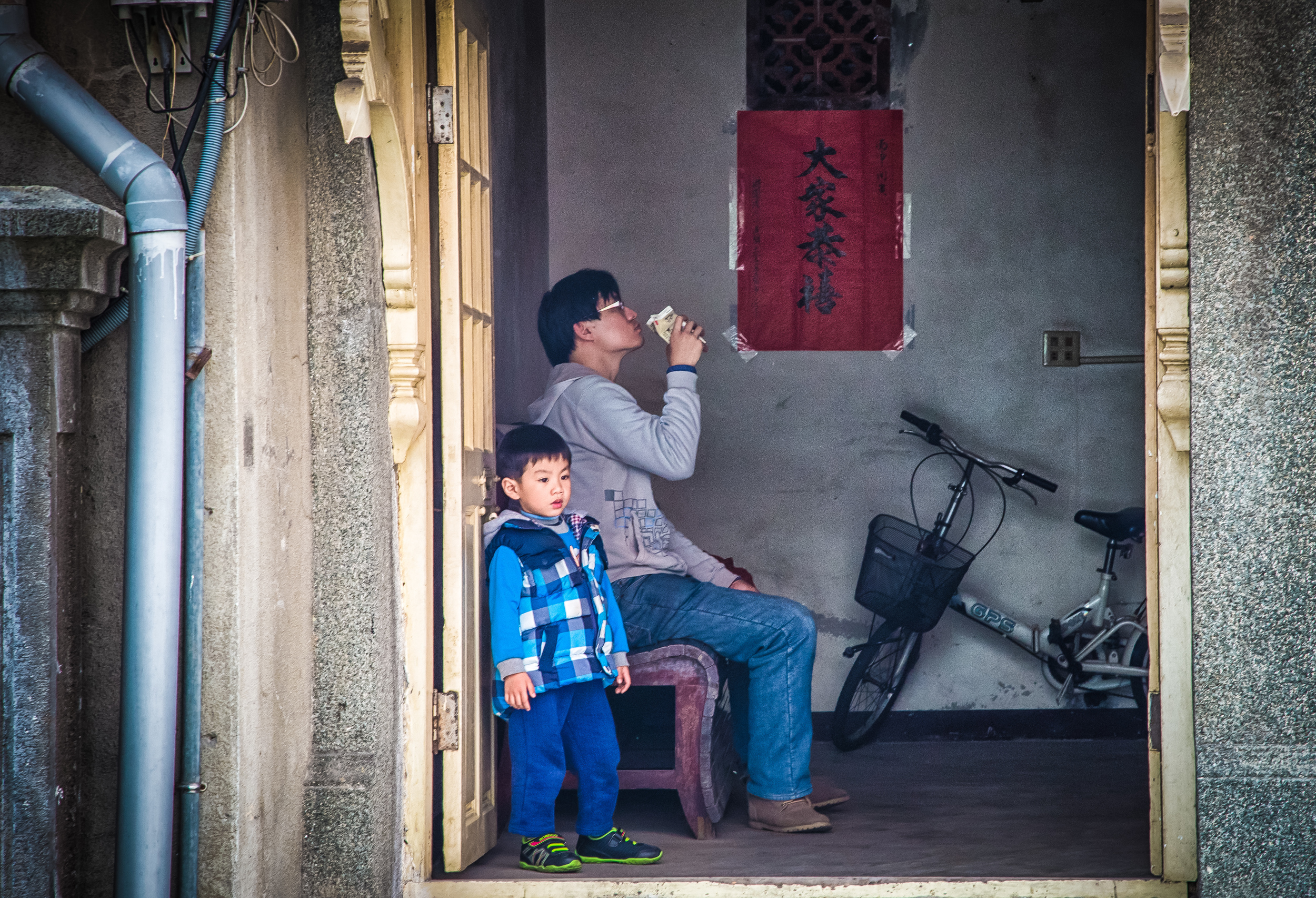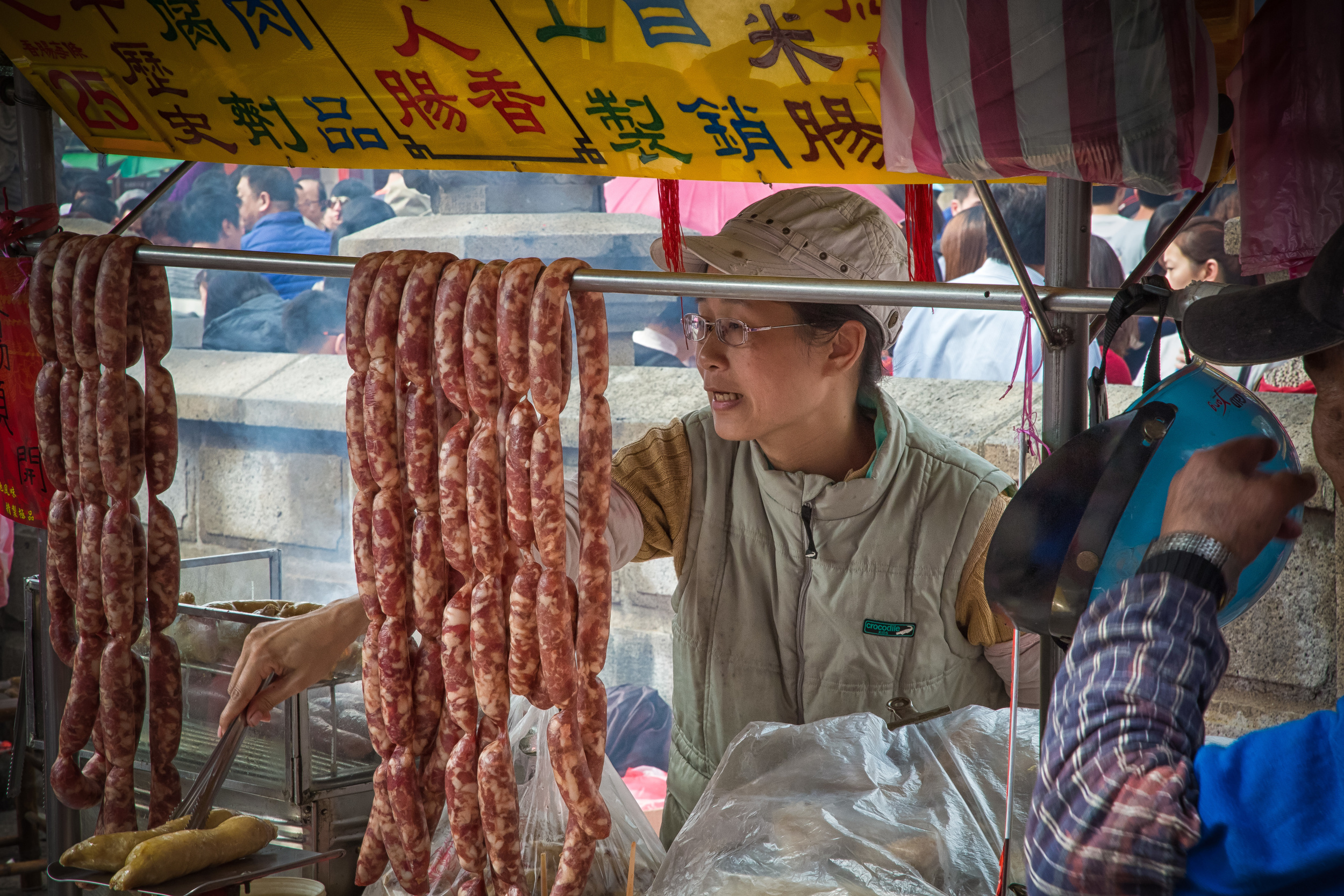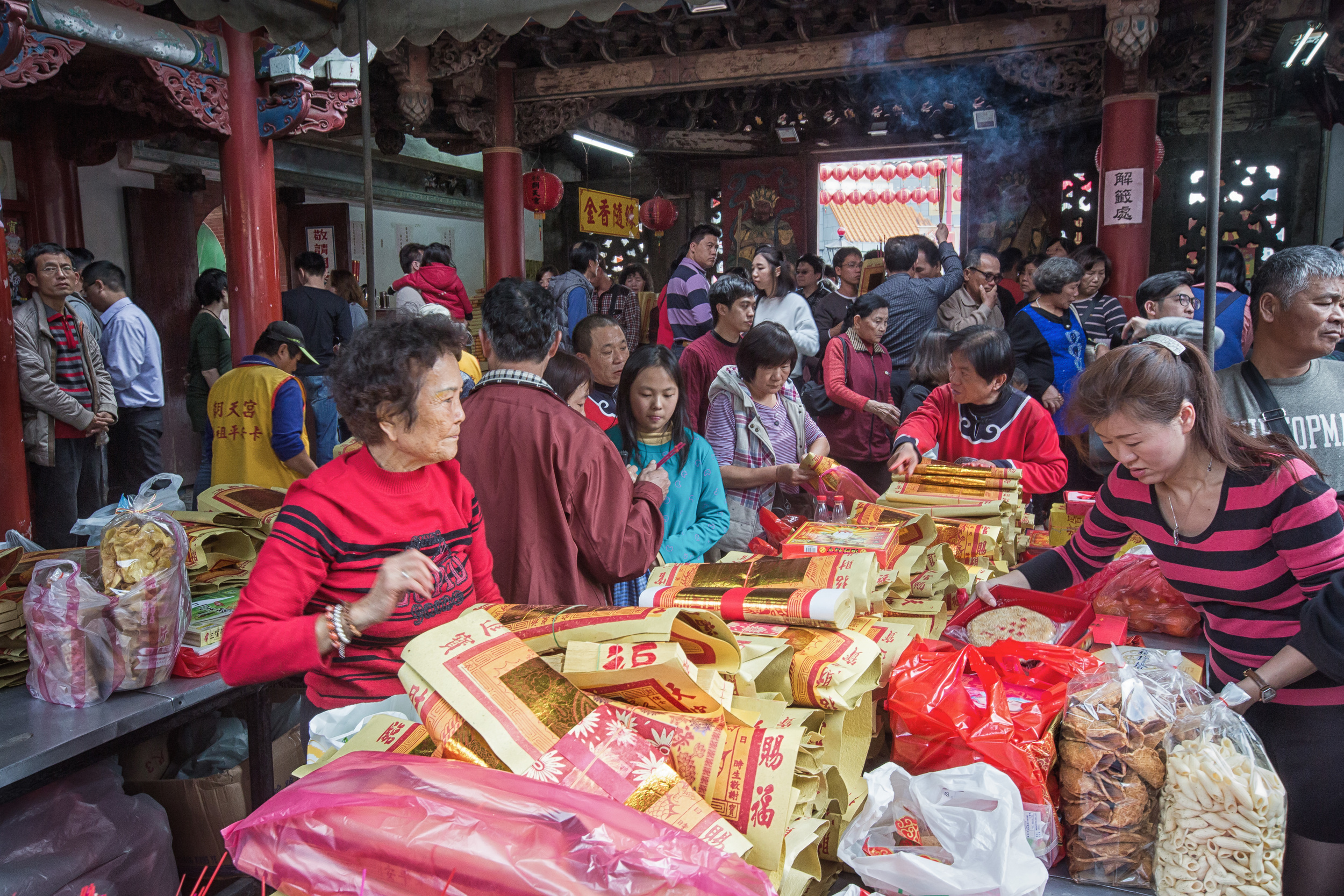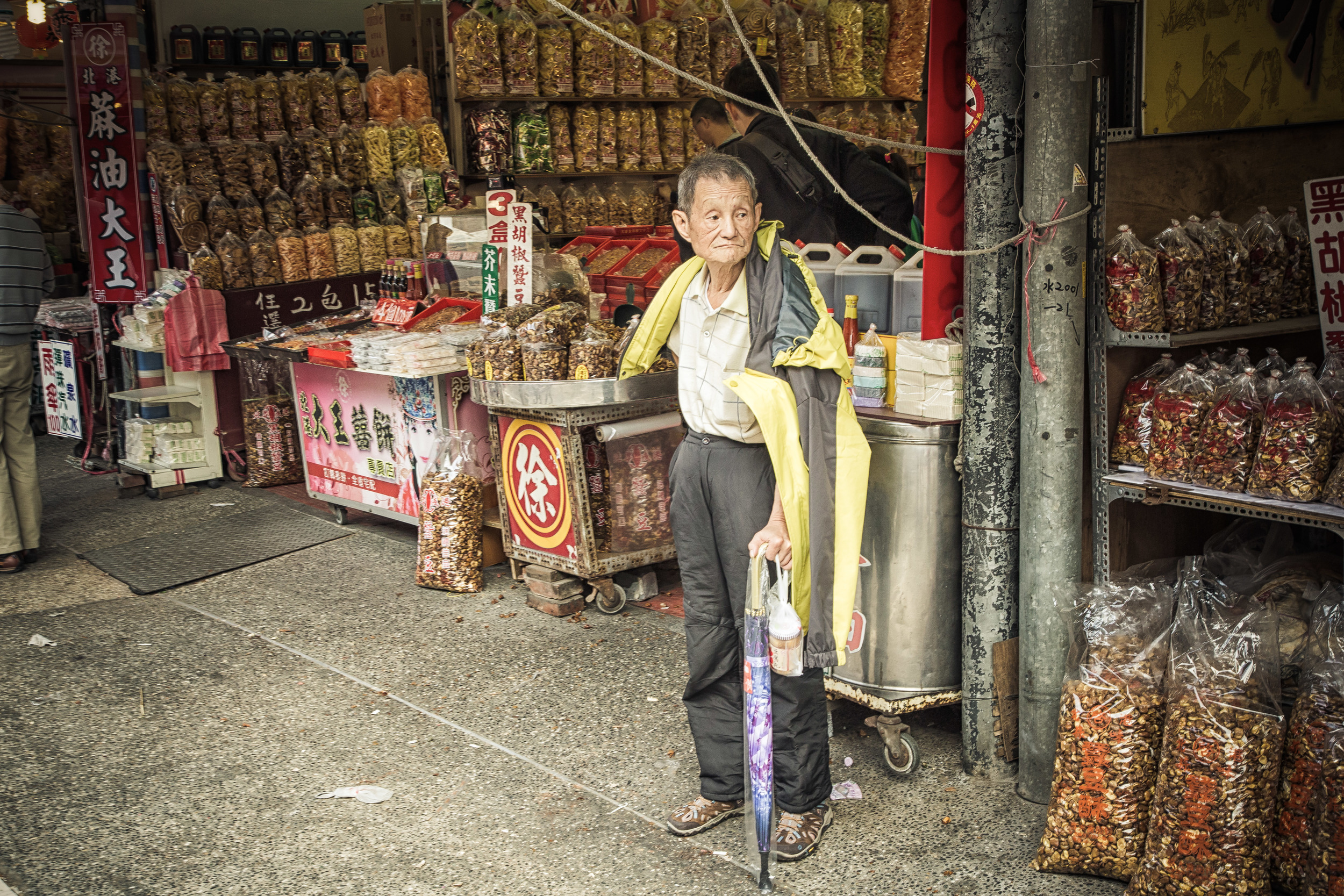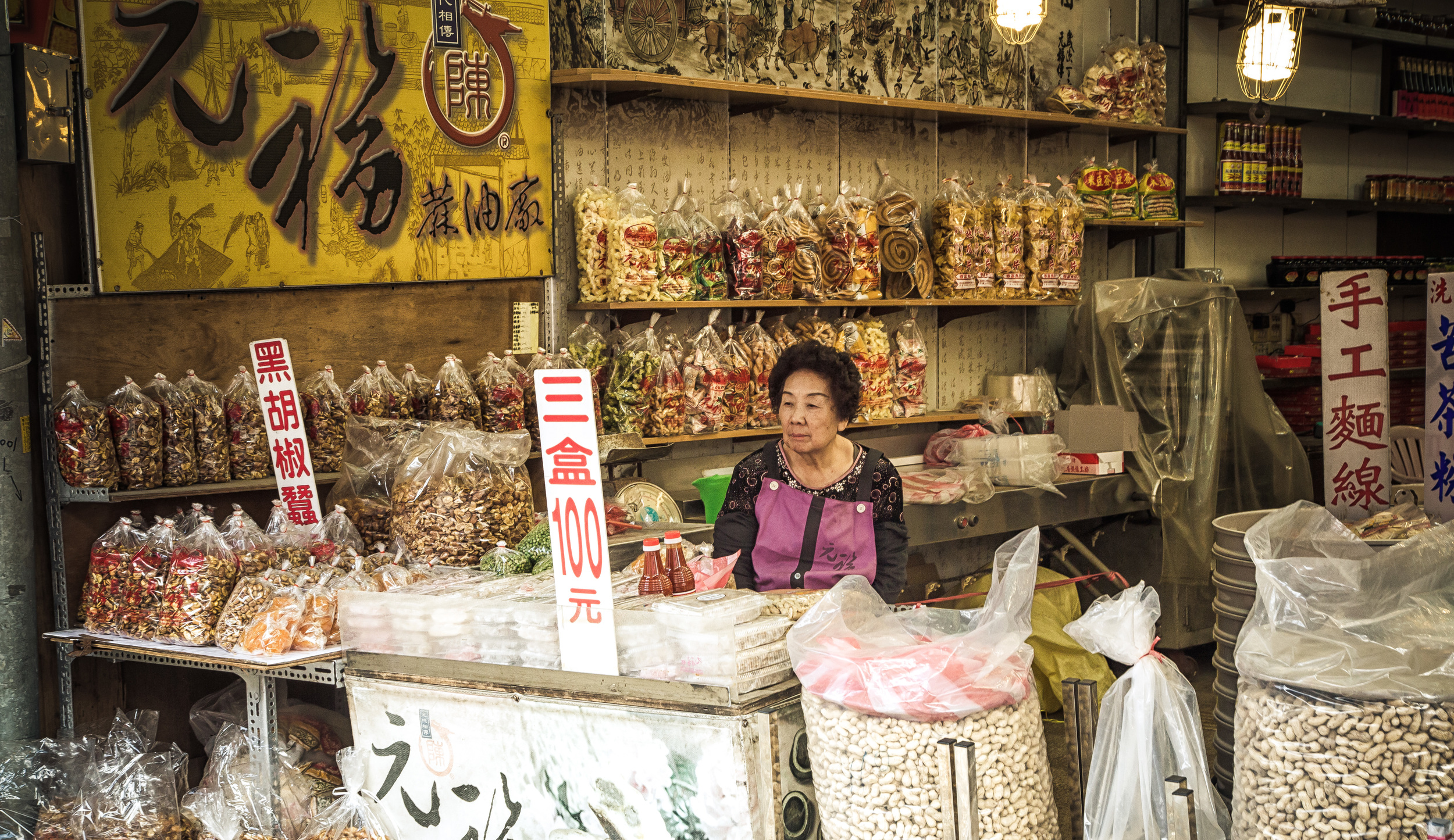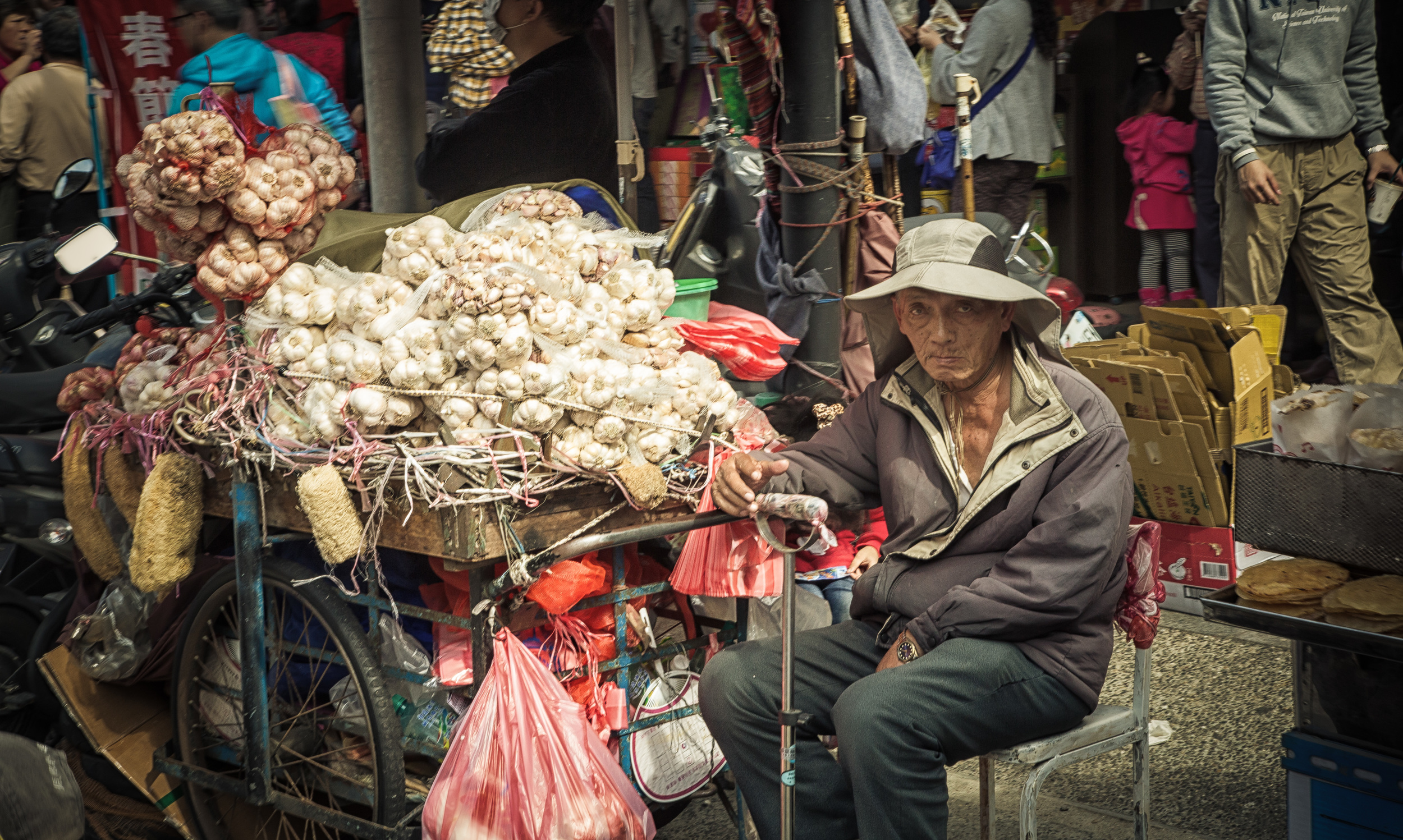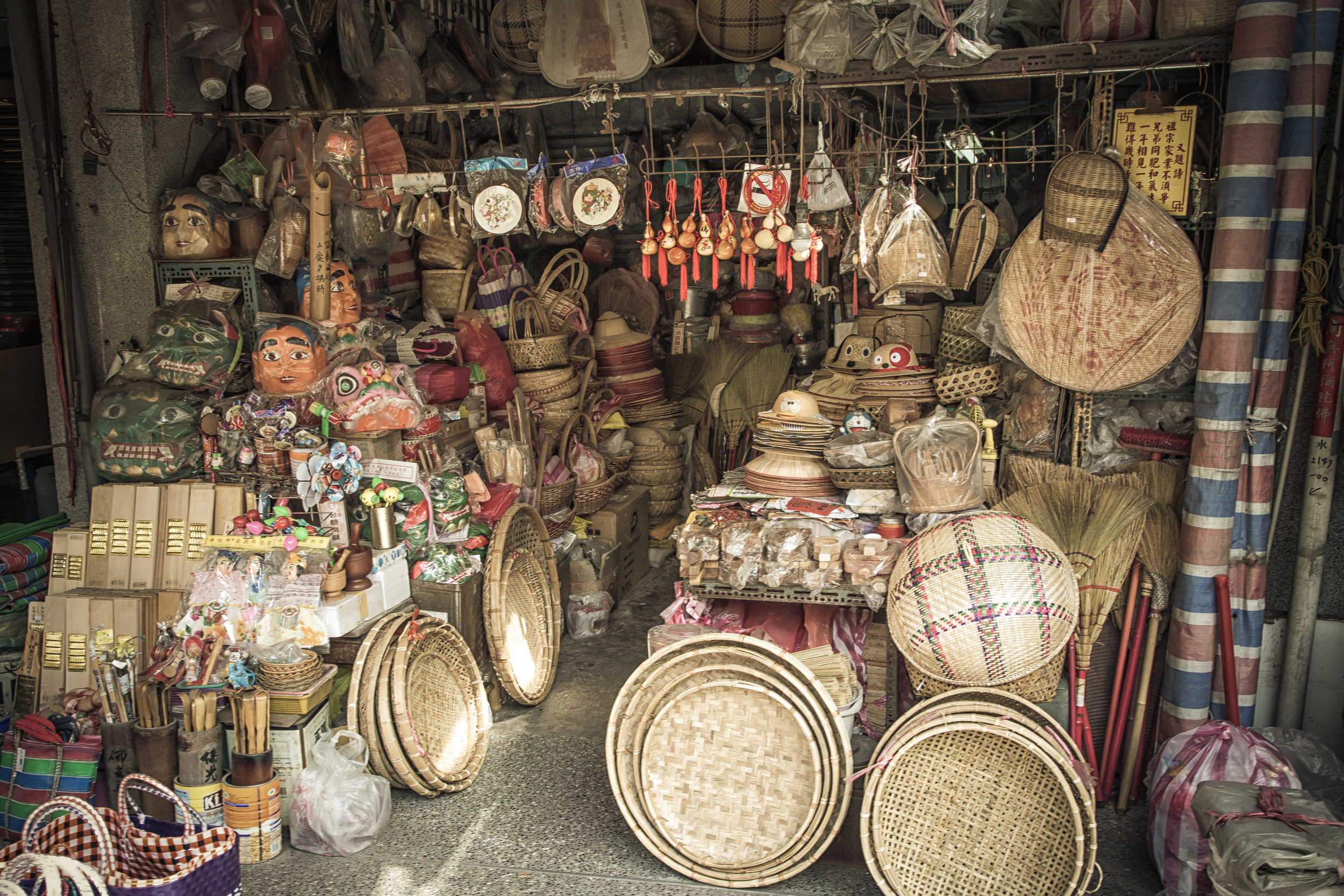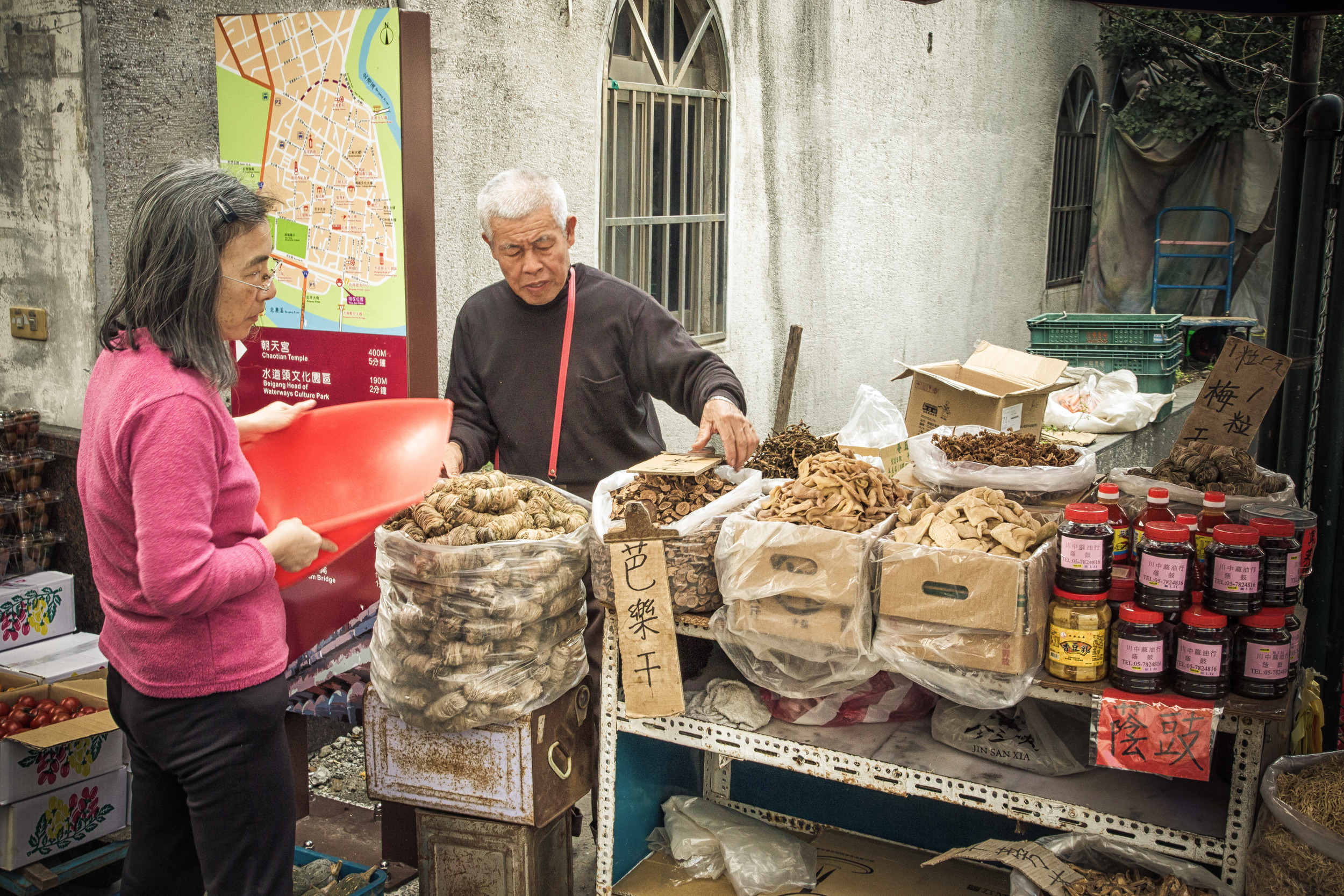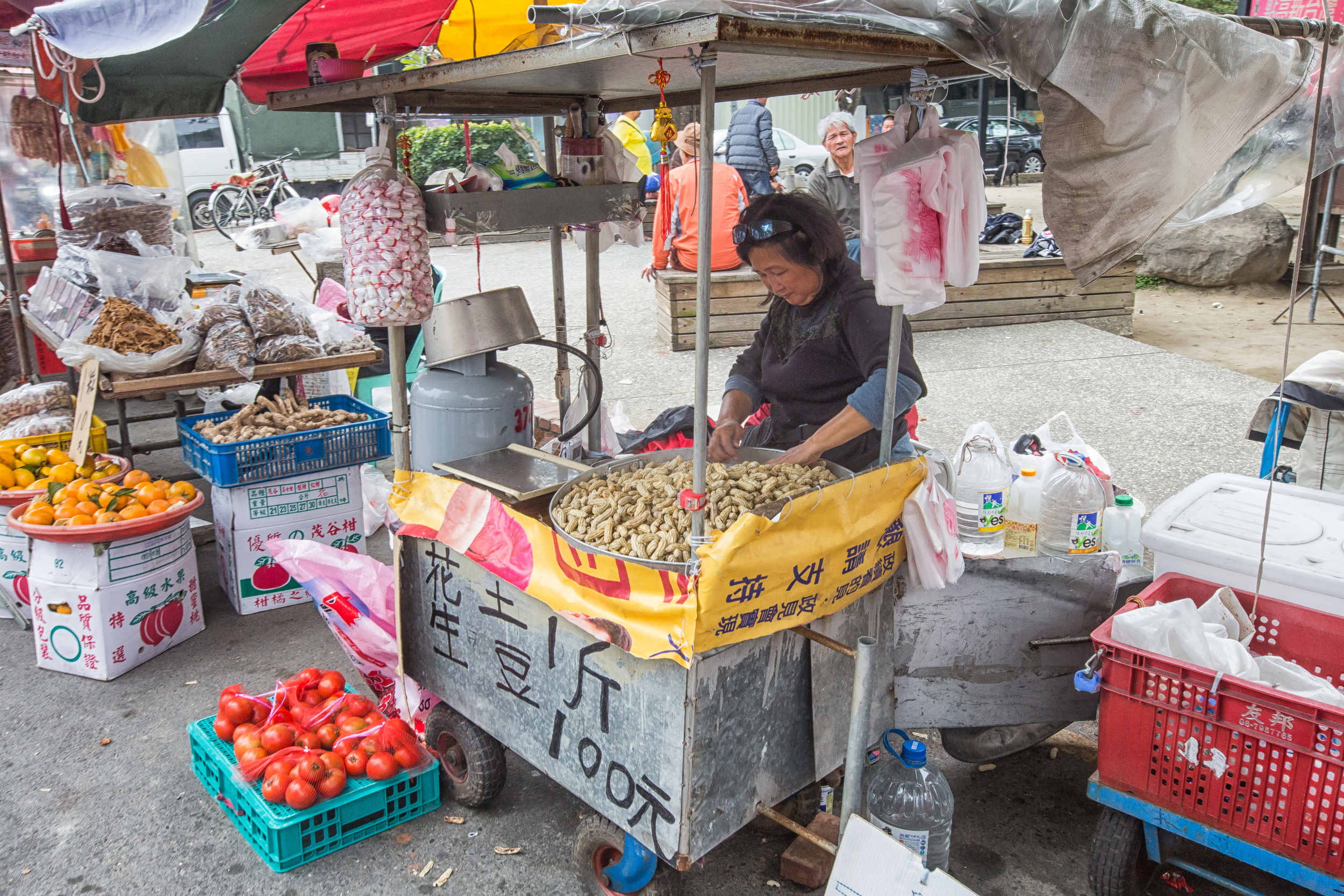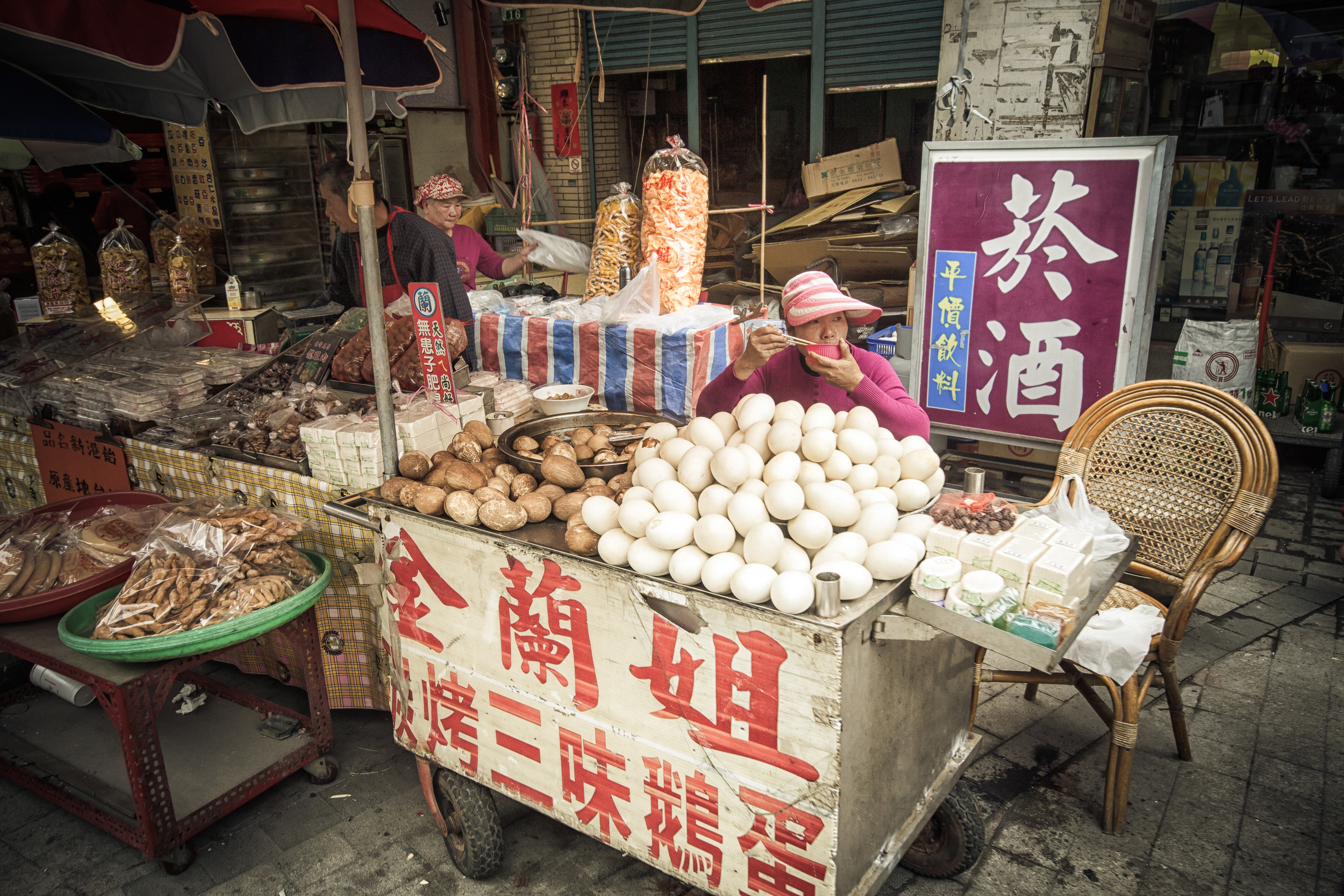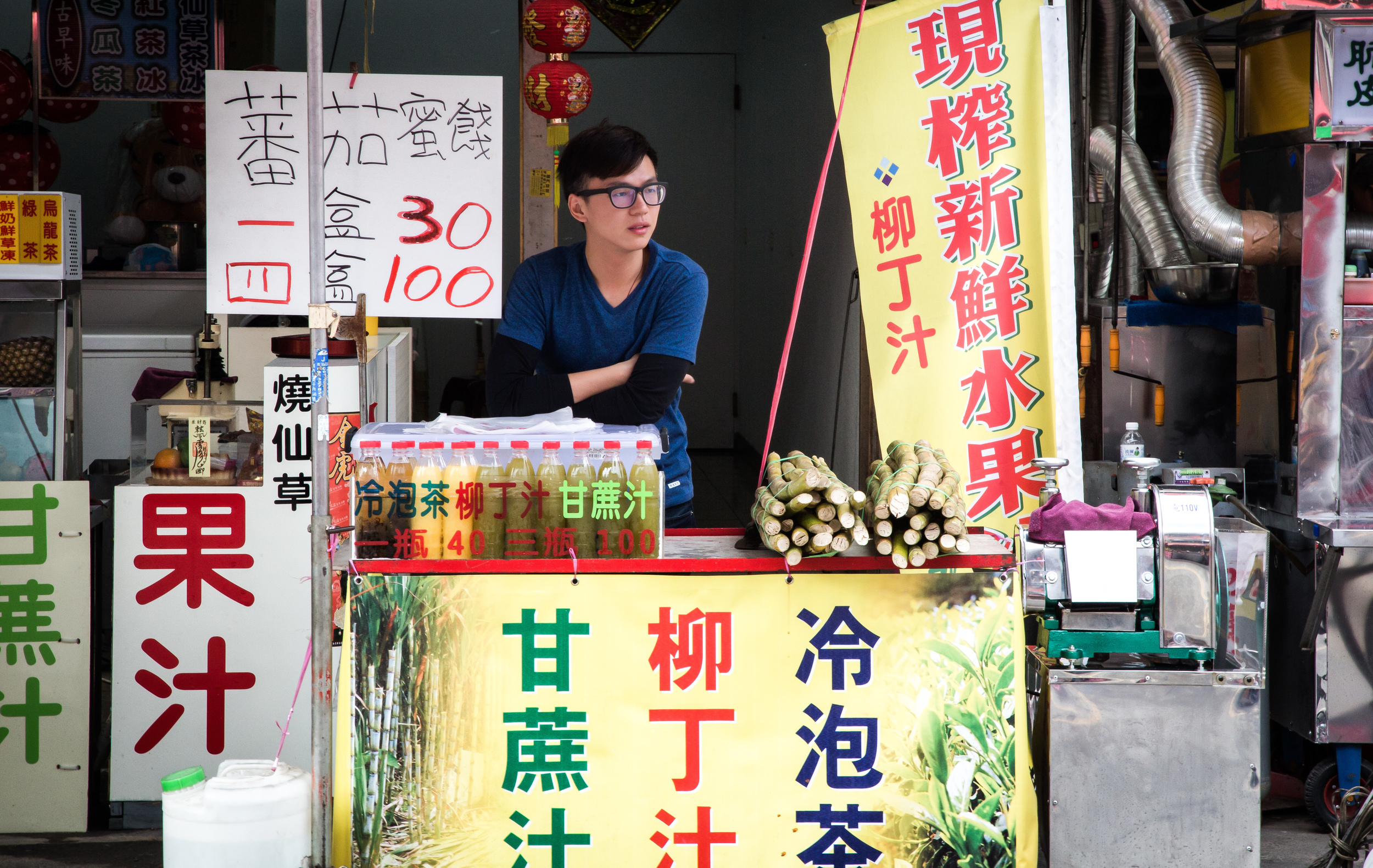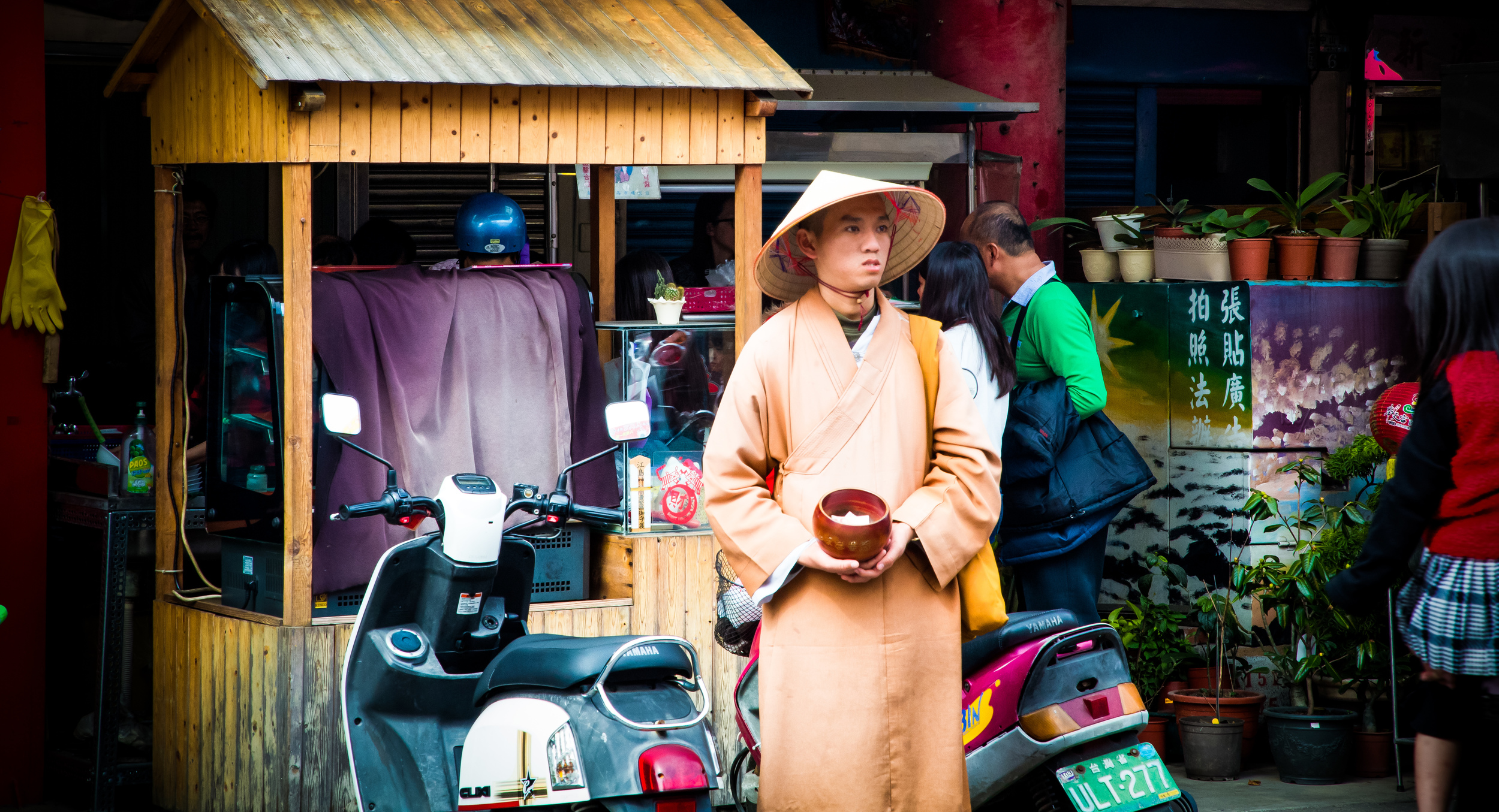A year or two ago I took part in an International Photowalk and photo exhibition to help promote awareness of the plight of the historic Nanjichang Community (南機場) in Taipei.
The event, which took place on two separate occasions saw a group of local as well as expat photographers descend upon the community to take photos to help tell the story of a community that is in danger of disappearing.
The event was organized in conjunction with local community leaders as well as by TC Lin, a well-known Taiwanese street photographer. The whole event was a learning experience for all involved, especially myself who hadn’t visited the community before the event.
When TC put forth the idea of once again getting us all together to put on an International Photowalk to help promote one of Taipei’s history communities, I clicked the “attend” button without a second thought. This time however, I was coming in much more prepared than the last one because the photowalk was being held in Taipei’s historic Dadaocheng Area, a place that I’ve blogged about quite a few times in the past!
The International Photowalk and the exhibition that will follow was organized as part of the annual Tua-Tiu-Tiann International Festival of Arts (大稻埕國際美術節) which aims to bring together Taipei’s artistic community and have them converge on Dadaocheng for a month of celebrating the revitalization of the area.
The two photowalks that were arranged led us around most popular and well-known areas of Dihua Street (迪化街) but much further down the road into areas that are not as commonly visited by tourists.
Our first photowalk was more of an introduction to the event and a bit of a tour around the area for people who were unfamiliar while the second walk was more of us just walking around, taking cover from torrential downpours, chatting and taking photos.
The photos that will ultimately be used for the exhibition will focus primarily on Street Photography from both local and expat photographers who are submitting photos that will candidly show the people of Dadaocheng going about their lives.
If you don’t know what Street Photography is, my definition goes a little like this: It is a style of photography that requires 'quick-thinking' and 'chance encounters' between a photographer and his or her subjects in candid situations.
Street photography more or less is meant to act as a mirror to society and the photos are meant to evoke a response from the audience as to the different aspects of life that they may or may not be familiar with.
Most highly skilled Street Photographers are able to blend a bit of irony into their photos which offer a deeper meaning to what is happening. For me (a rather unsuccessful street photographer) I tend to focus on aspects of life in Taiwan that the people here are unlikely to notice. As an expat I’m able to look at certain aspects of life in Taiwan through the lens of an outsider which allows me to notice things that locals may take for granted.
Ultimately what is displayed at the photo exhibition will depend on what the photographers who participated submit. The photos don’t necessarily have to be street photography, but they must show aspects of life in Dadaocheng.
Even though I already have a wealth of photos from the area after blogging about the Dihua Street Lunar New Year Market, the historic City God Temple, the historic Dadaocheng Wharf, etc. But decided instead of submitting older photos that I’d only submit photos taken on the photowalks and only provide new work.
The photos I’m posted here today were all taken on the two photowalks and while there might be a bit of 'irony' in some of them, I think they show some aspects of life in Dadaocheng that most tourists miss as they usually only stay on the restored and busiest sections of Dihua Street.
The photowalks were a good time and a lot of friends who I hadn’t seen in a while came out to take part, so even though I didn’t get as many shots as I would have liked, it was still a great time and I’m really looking forward to the exhibition as well as some of the events that will take place during the Festival of Arts.
If you are free during the month of October, make sure to take a look at that event schedule and head over to Dadaocheng to take part in some of the great events that are planned - there will be art exhibitions, dance performances, traditional theatre, live music and of course photography exhibitions.
Website: Tua-Tiu-Tiann International Festival of Arts
The photo exhibition will open on October 1st between 2:30-5:00 at the URS127 galley and the photos will be on display for the entire month.
If you have been looking for the opportunity to find out who I am or just want to meet up with me and kick me in the teeth, I’ll be there on that day - hope to see you there!
Likewise, you are invited to join myself and the other talented photographers who took part on the afternoon of the opening (Oct 1st) for an after party at Dadaocheng’s Le Zinc 洛 Cafe and Bar, which is a short walk from the two exhibition spaces!
Hope to see you there!
Gallery / Flickr (High Res Photos)
